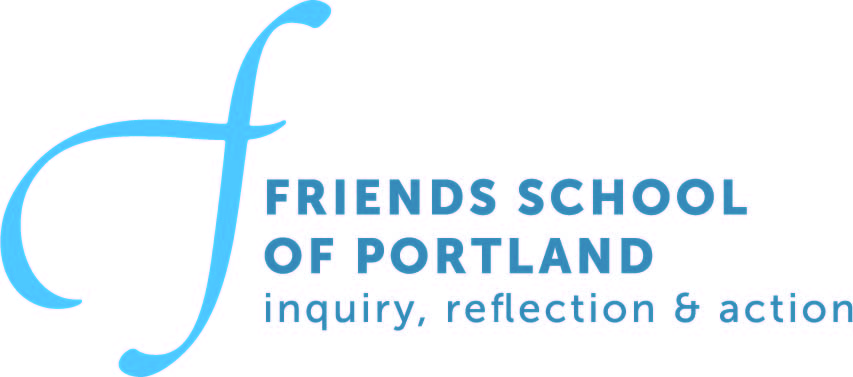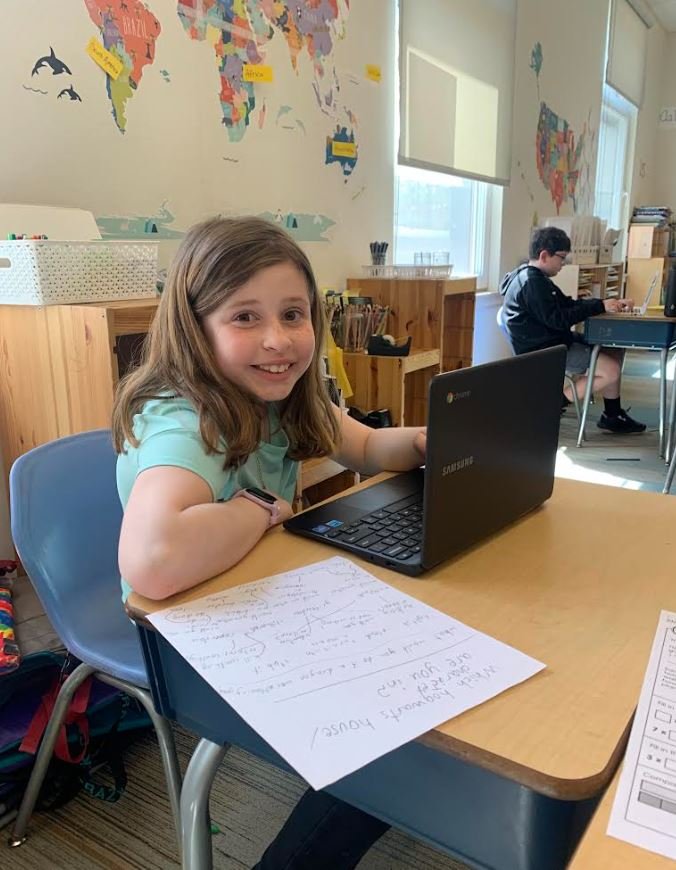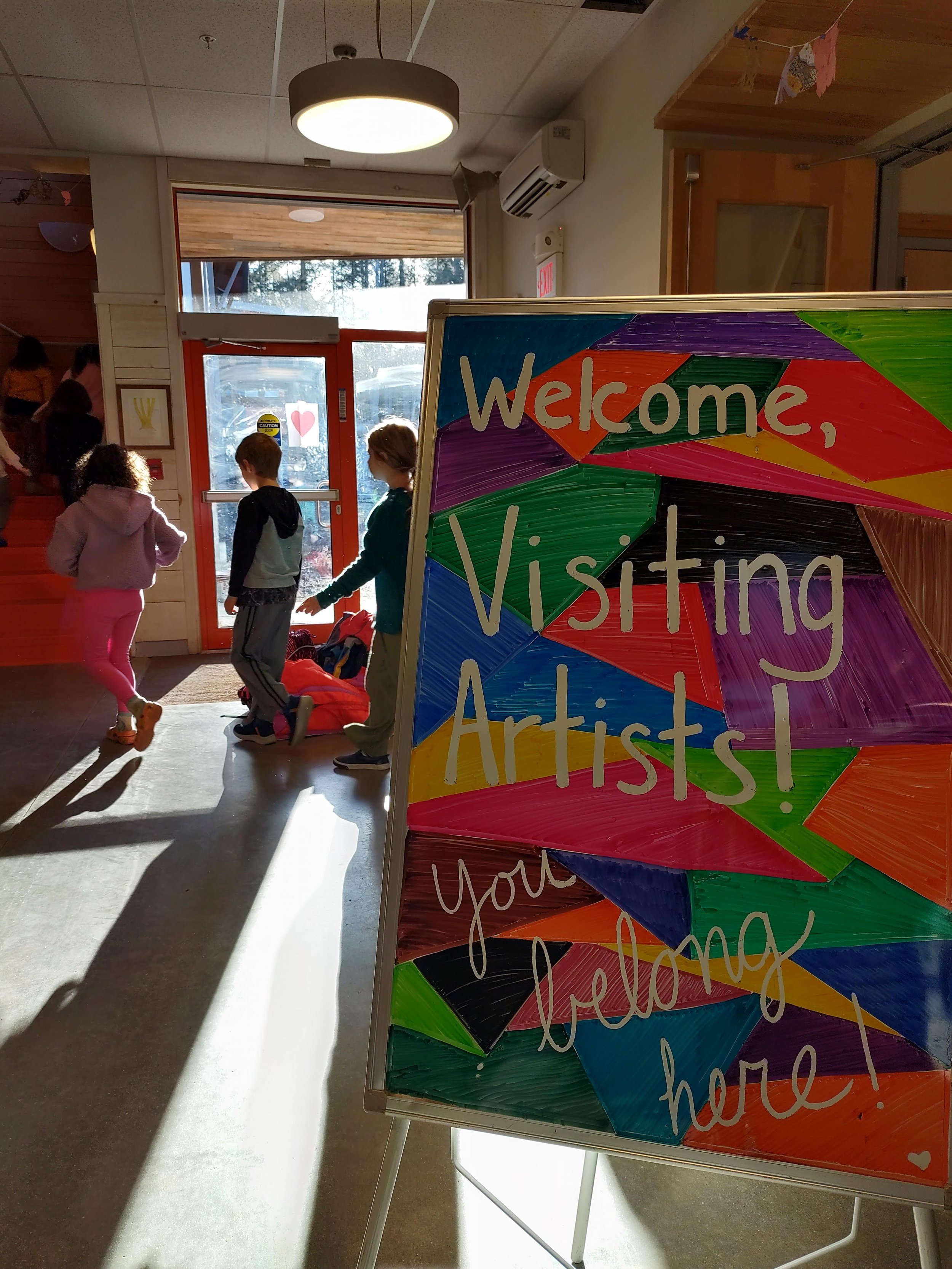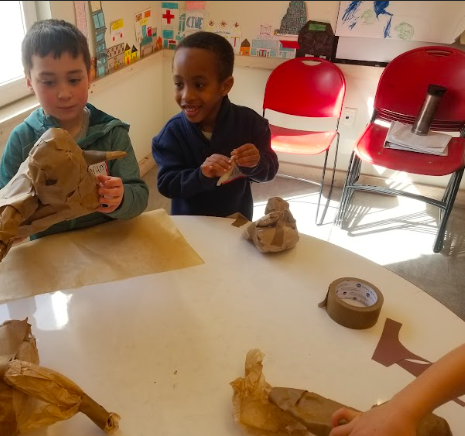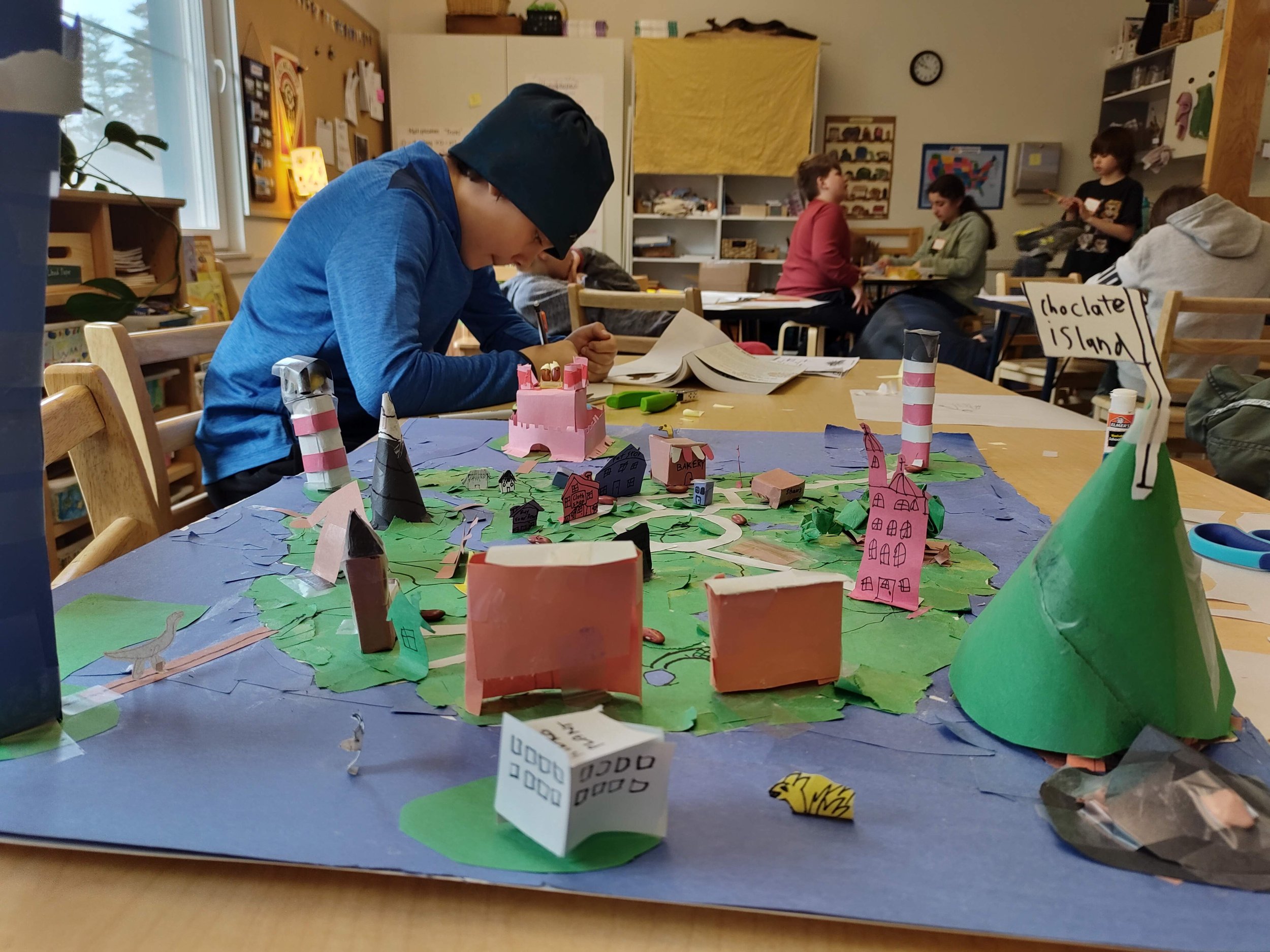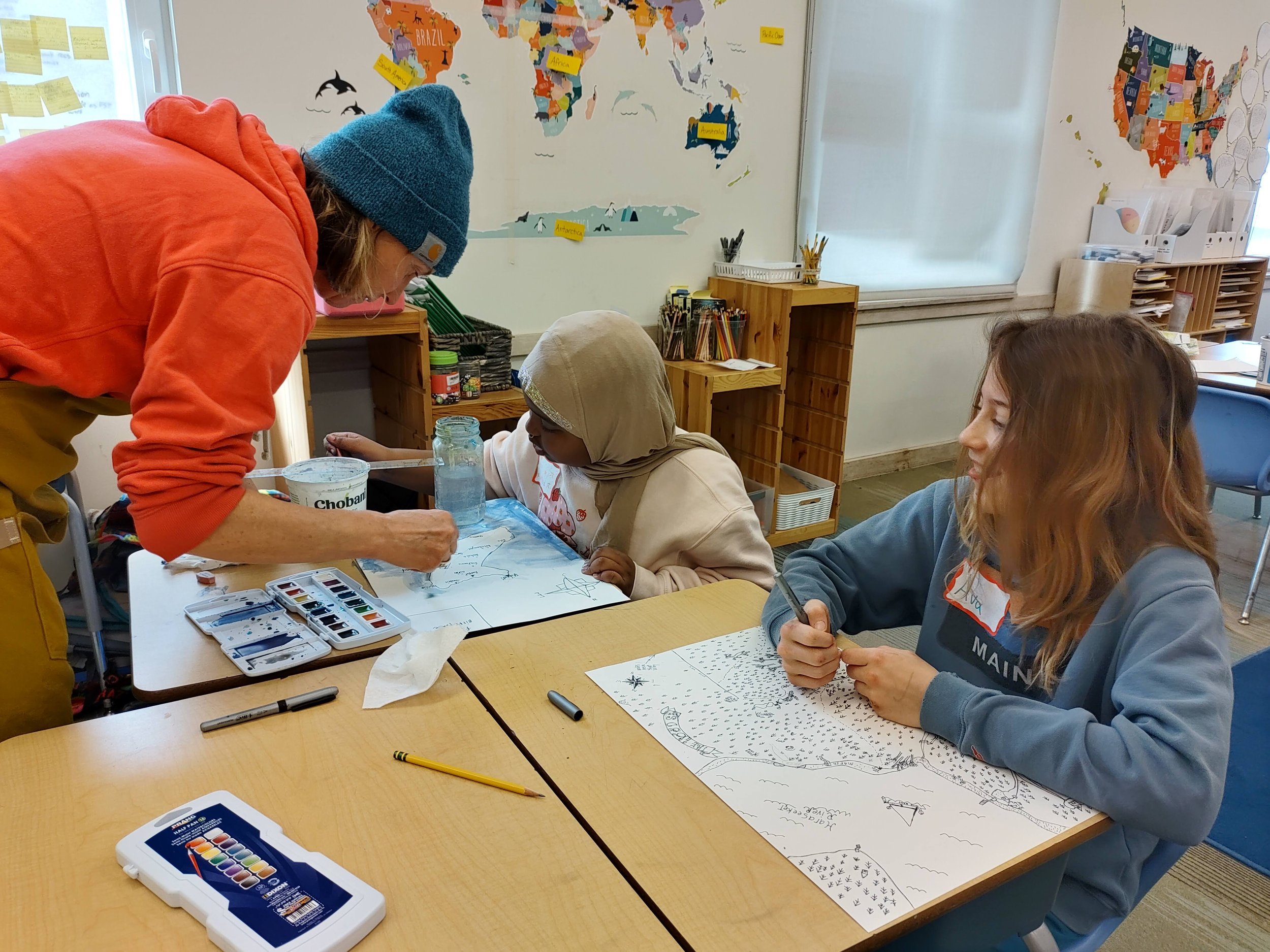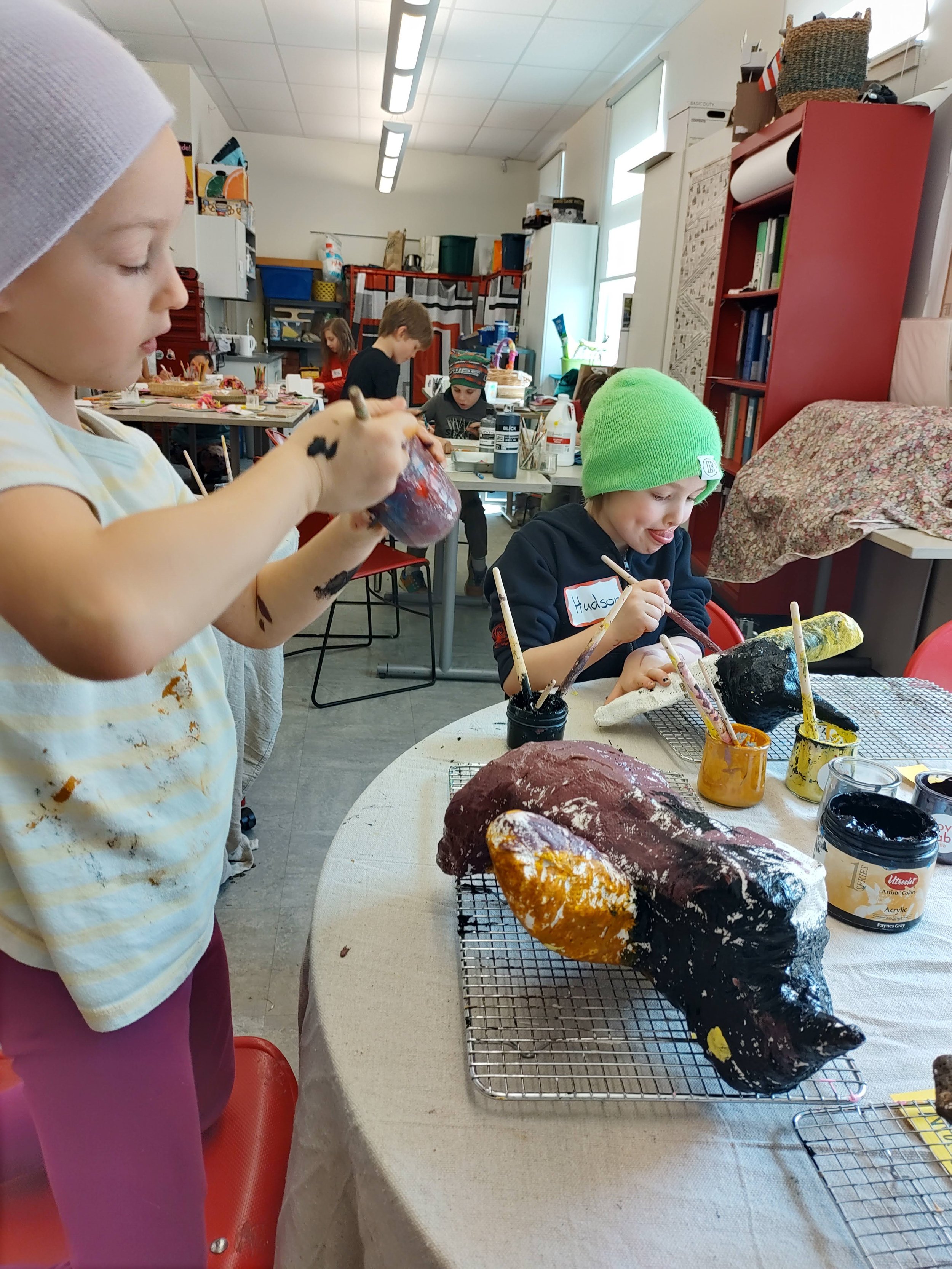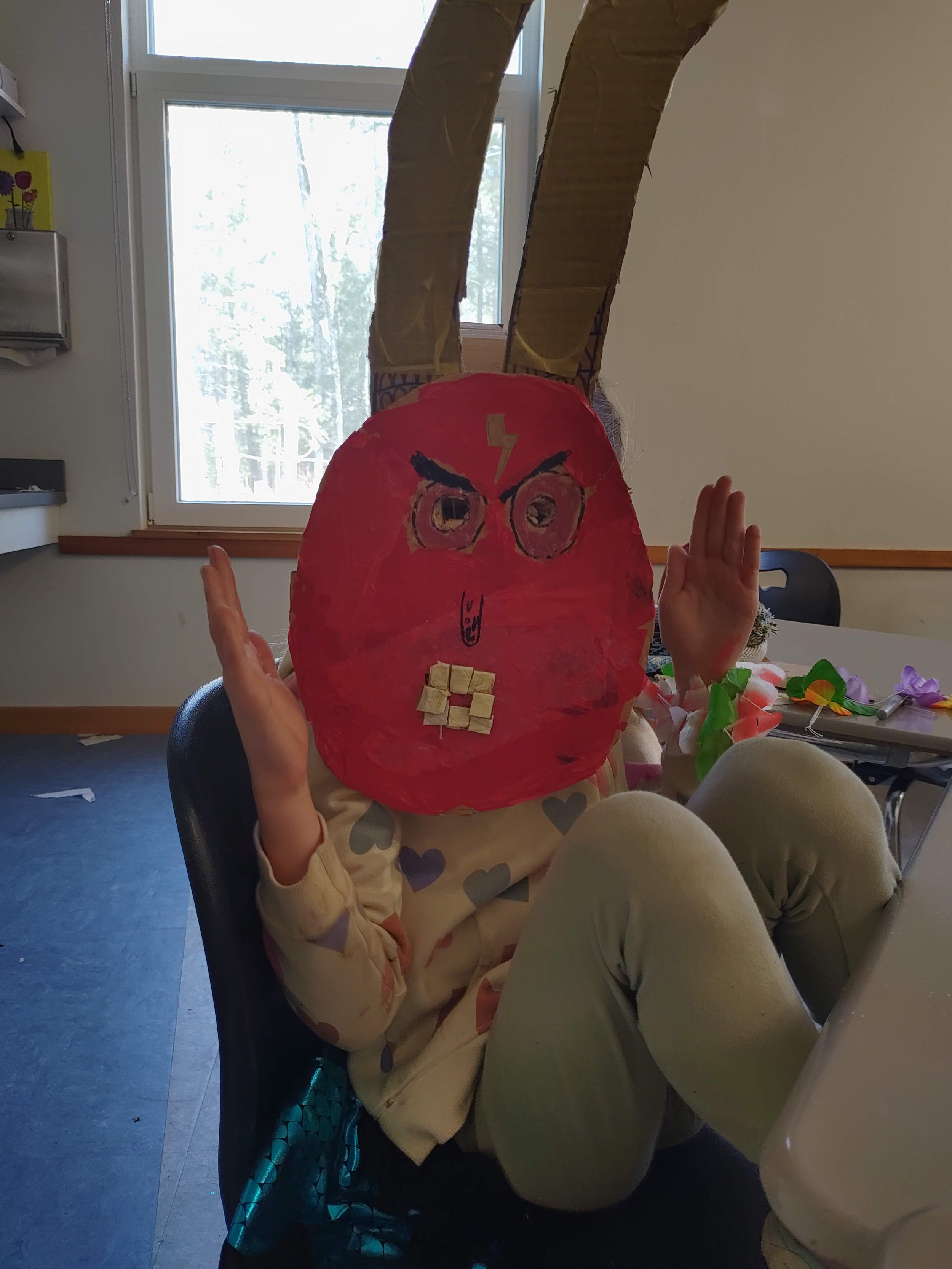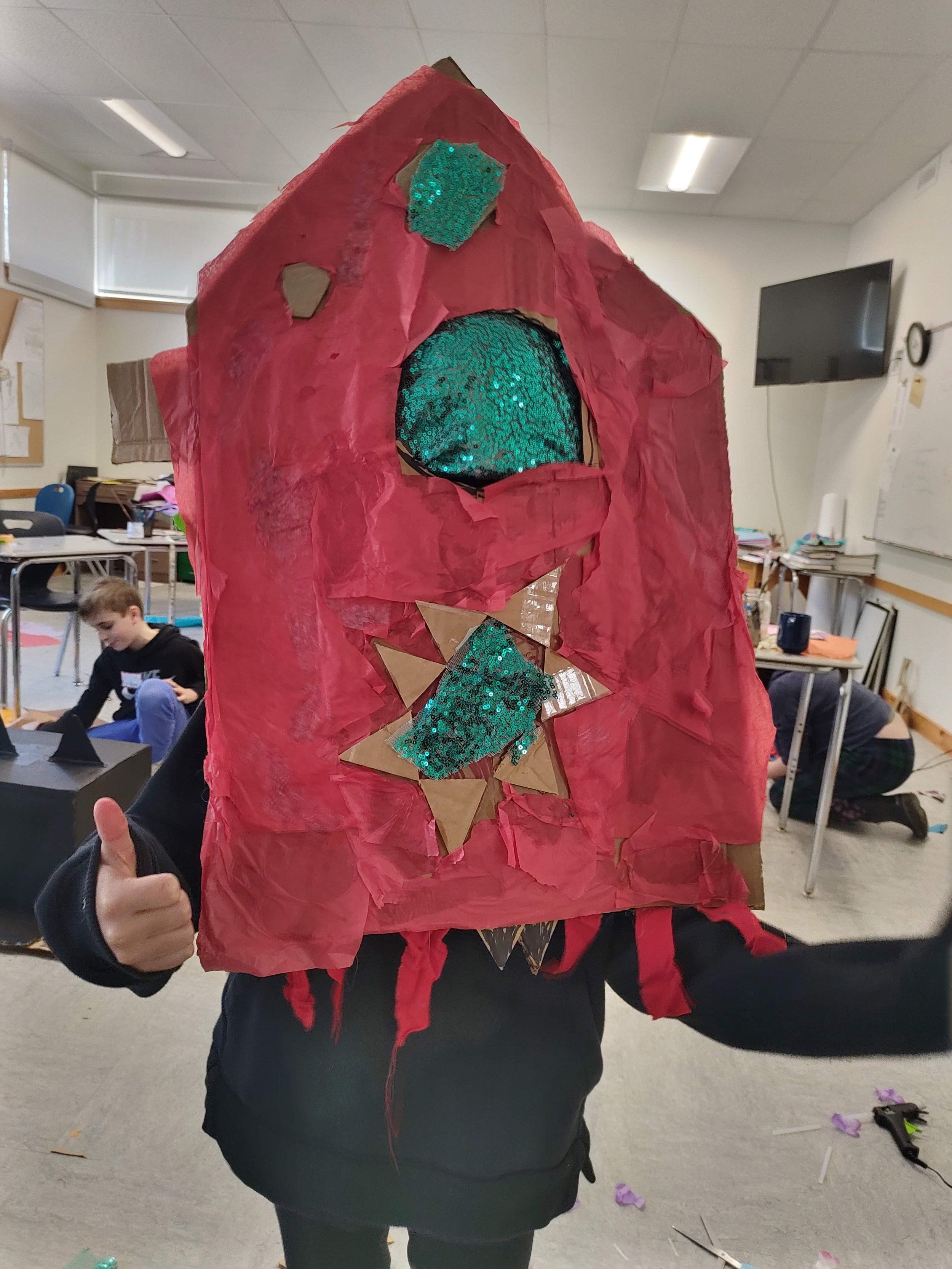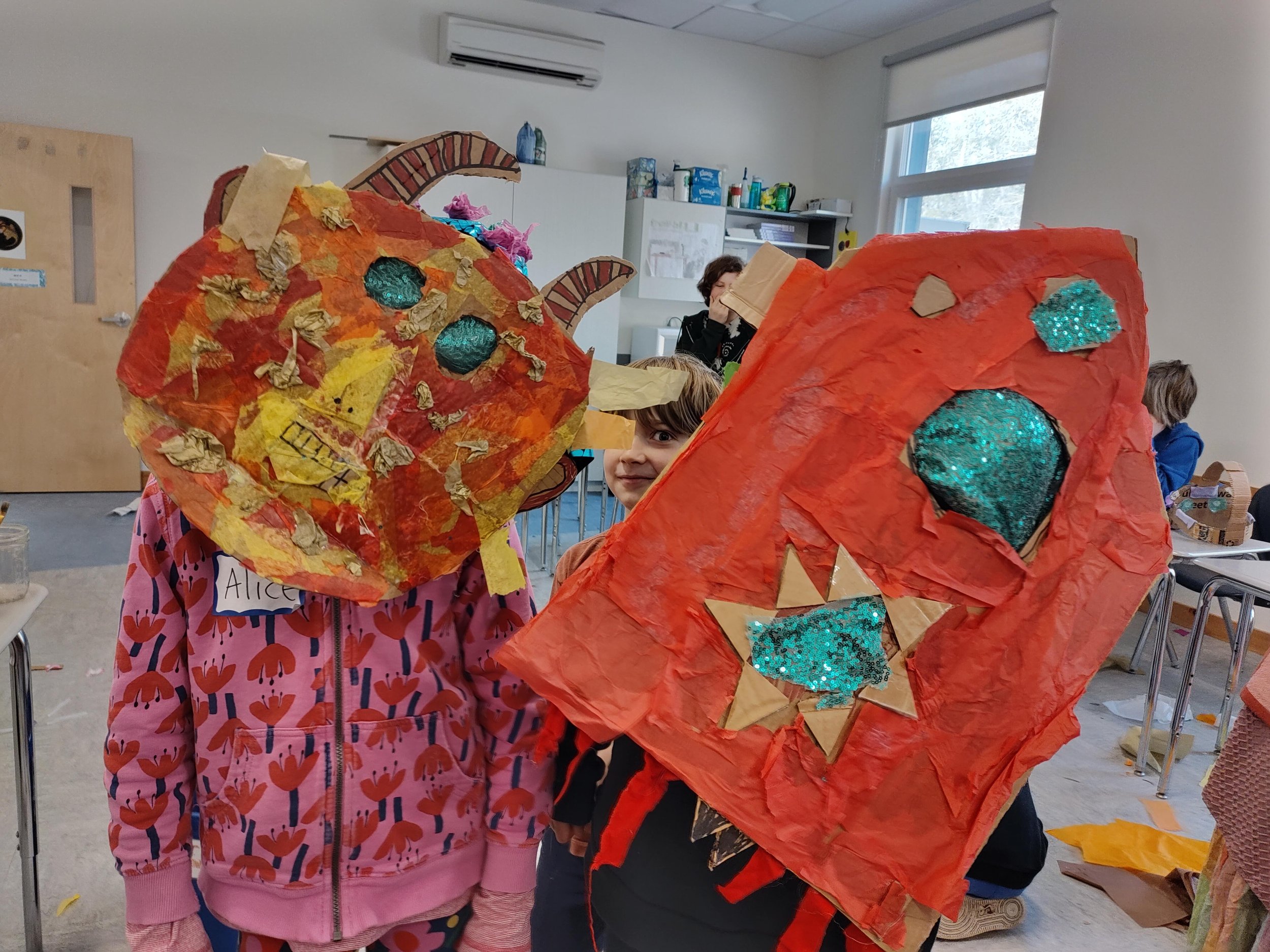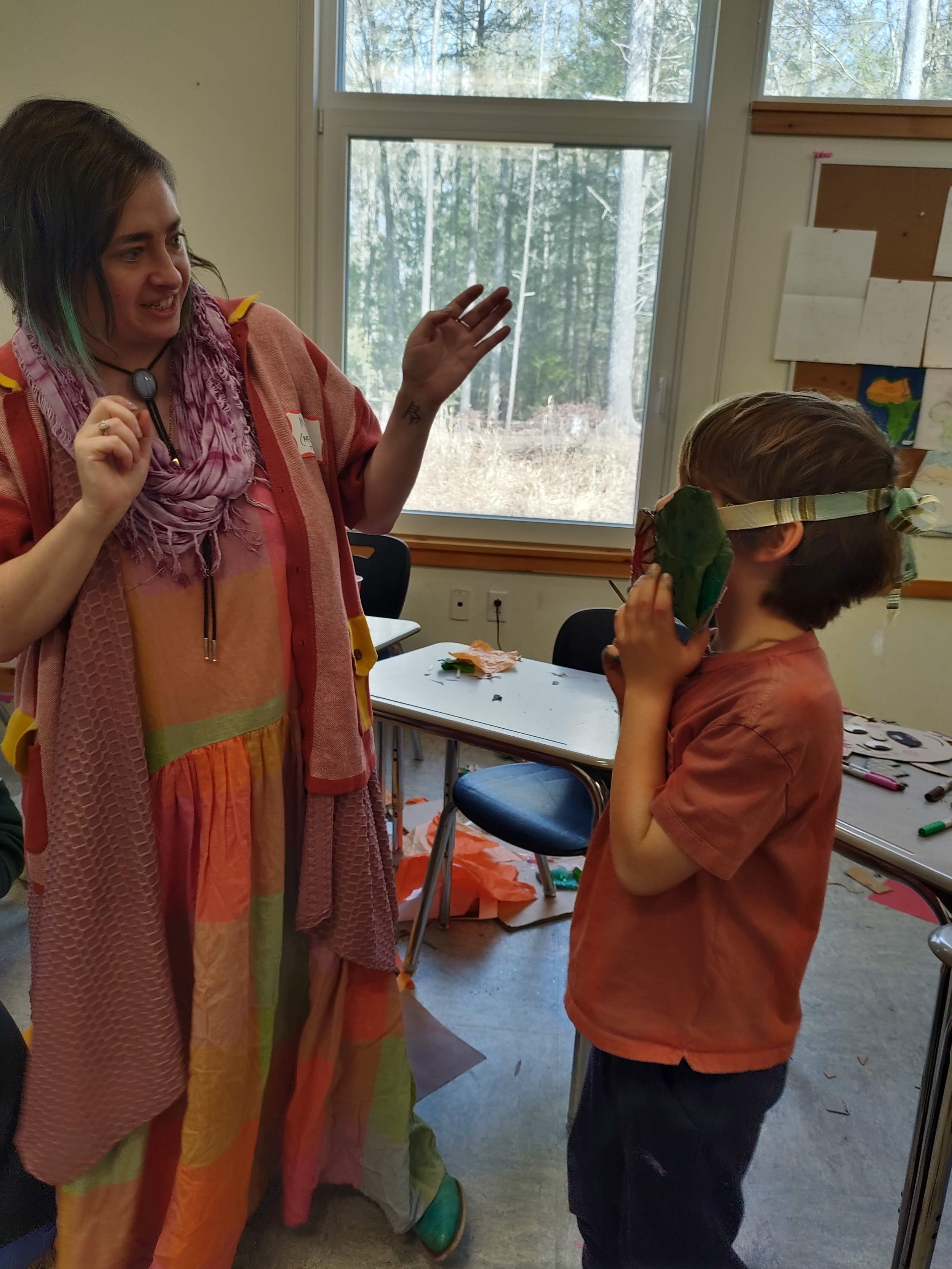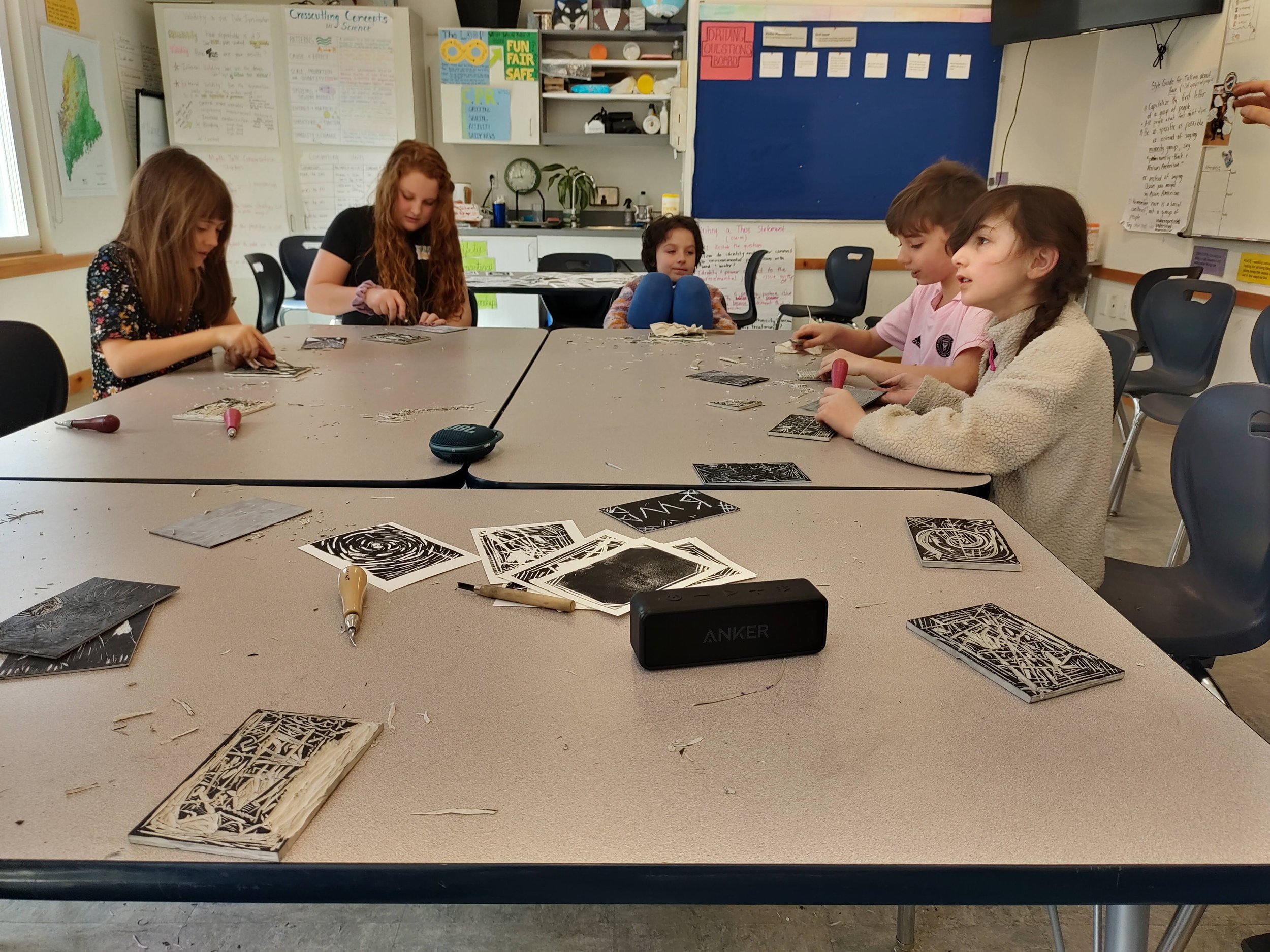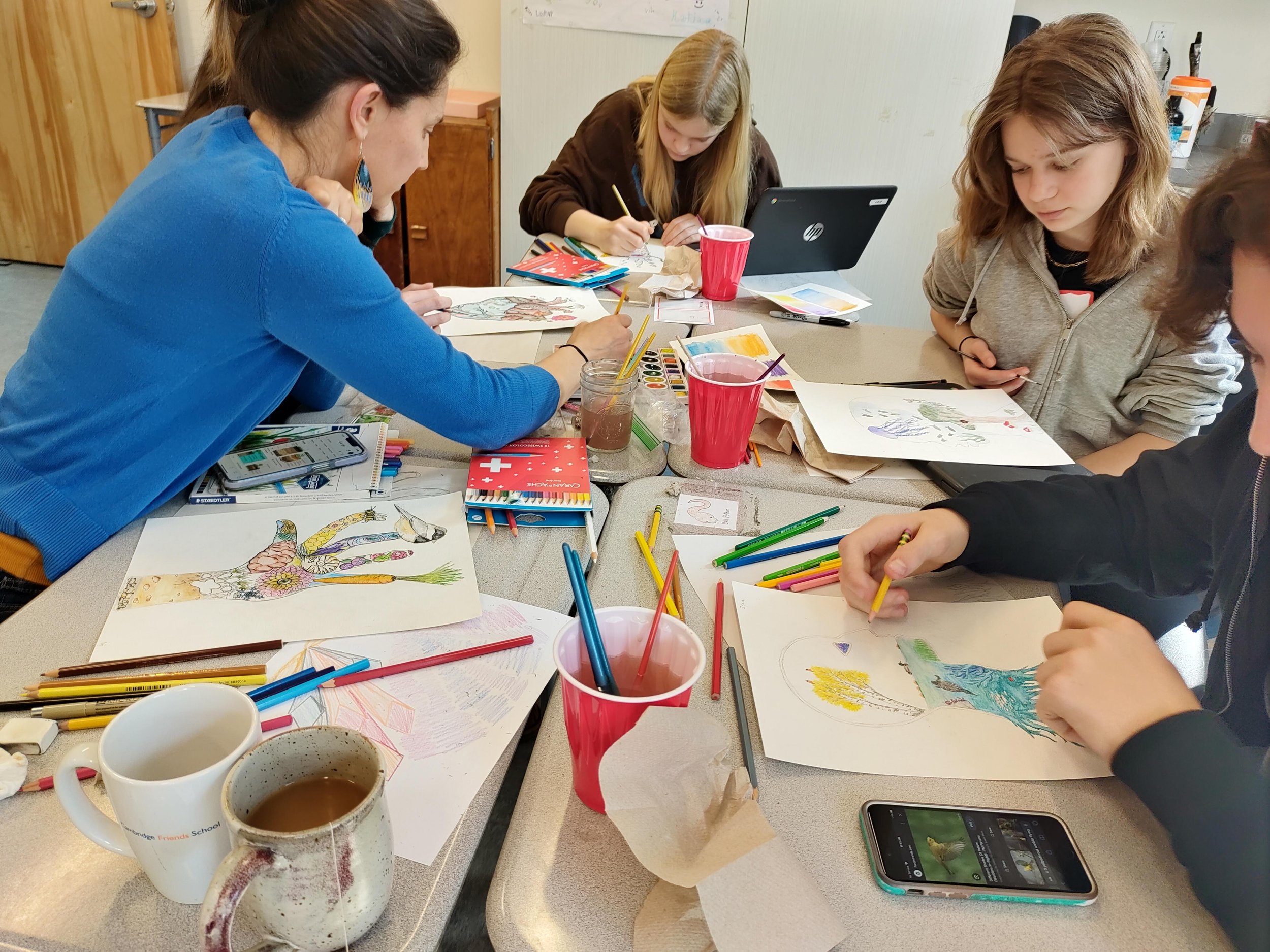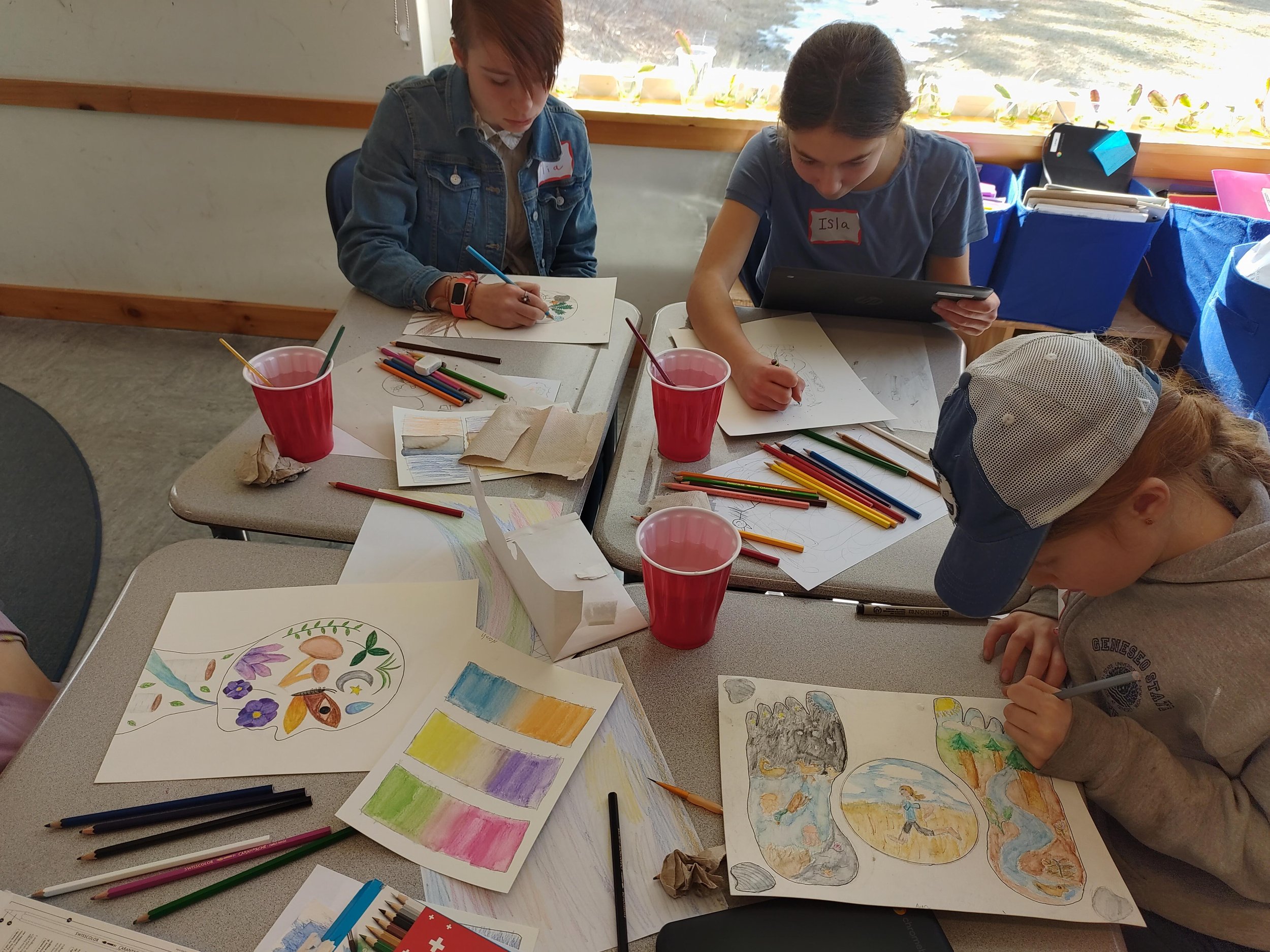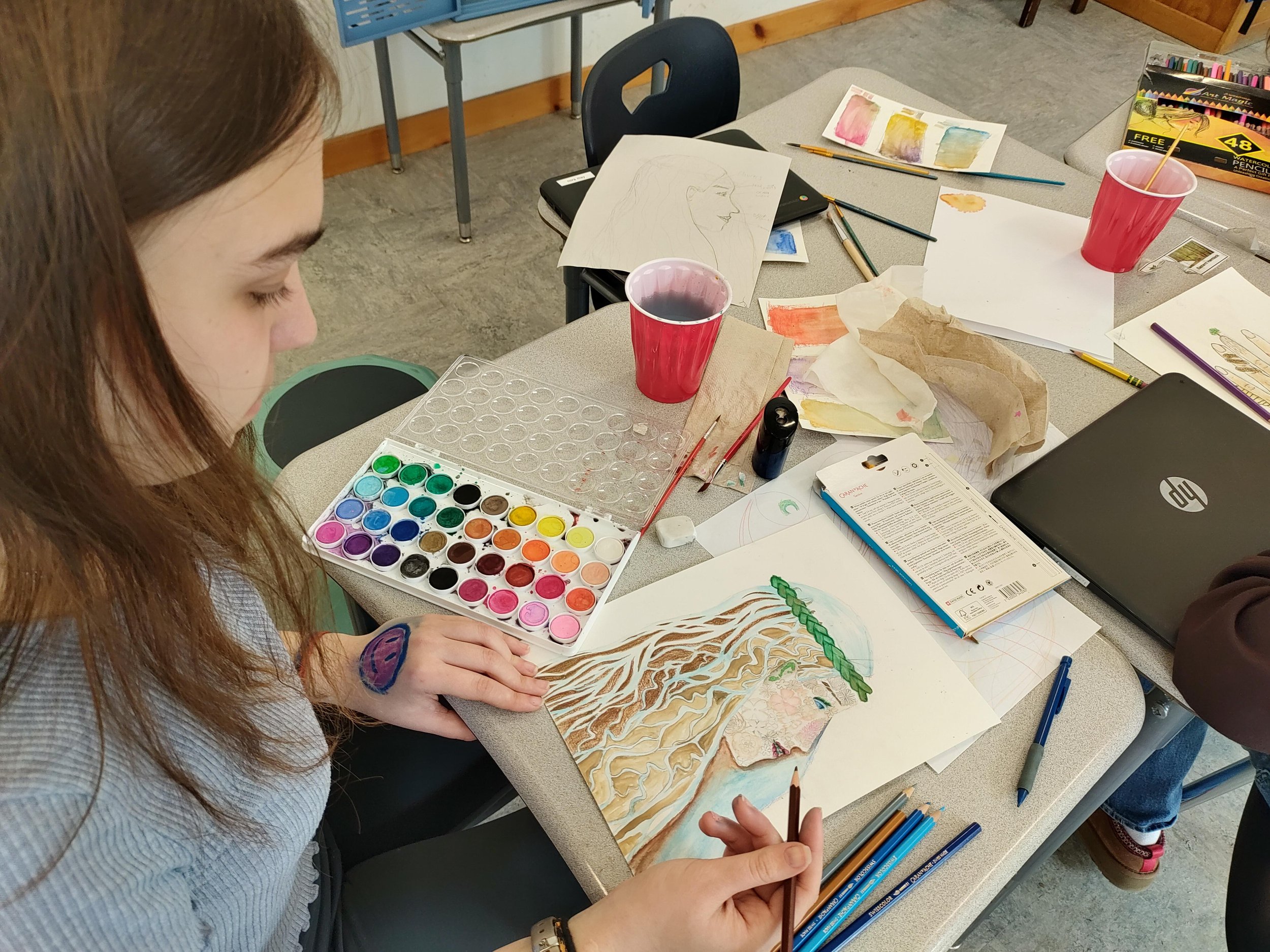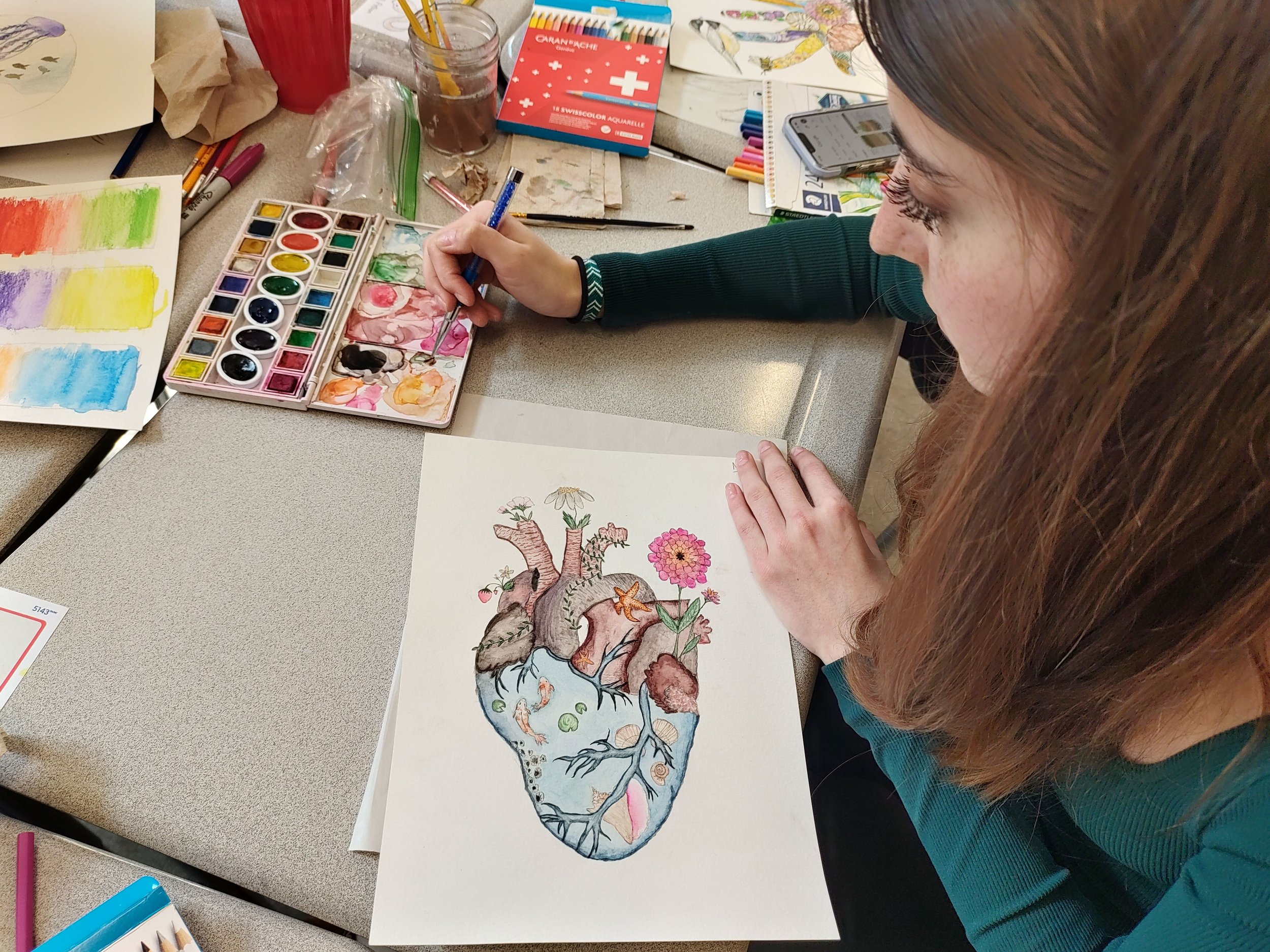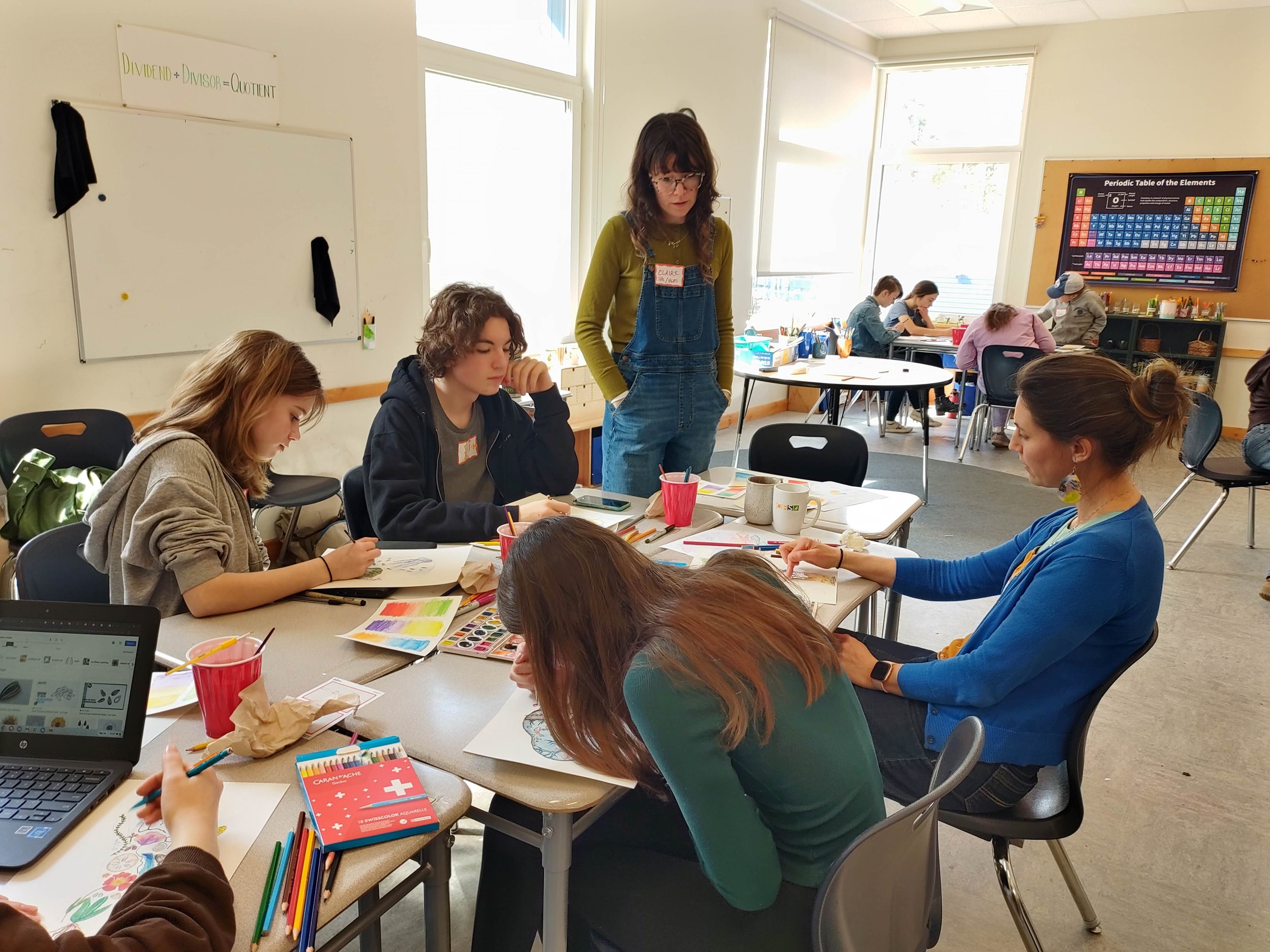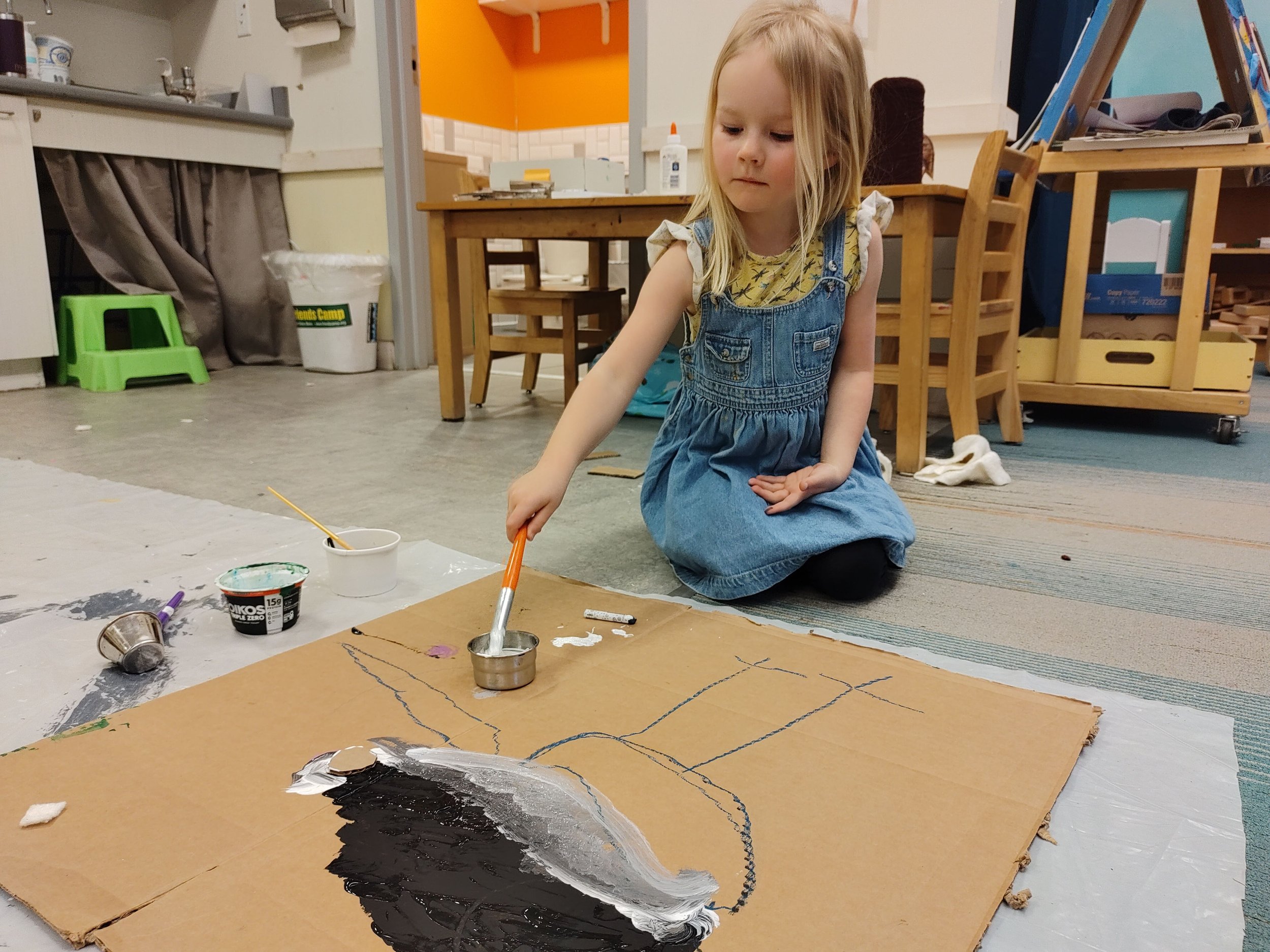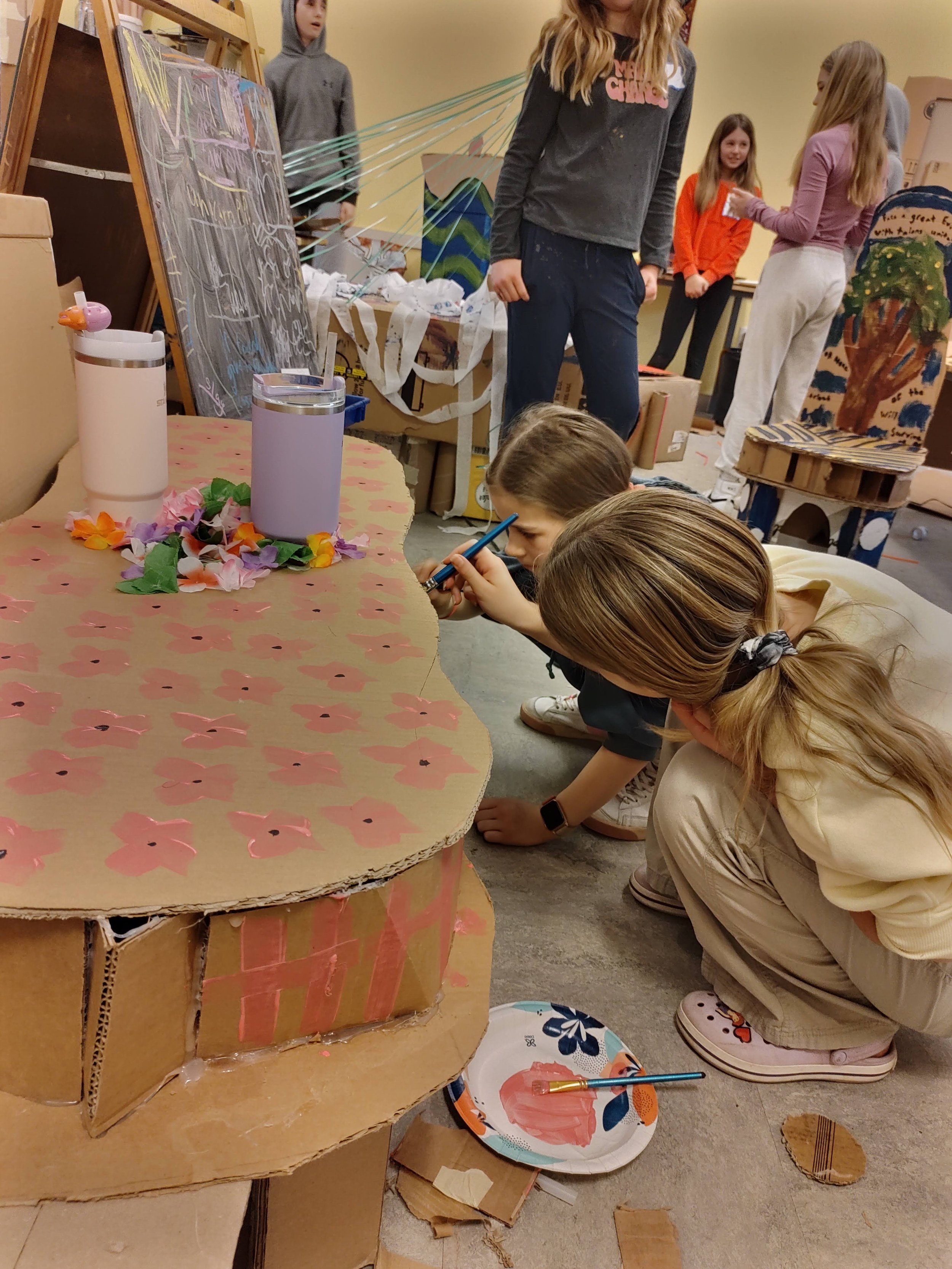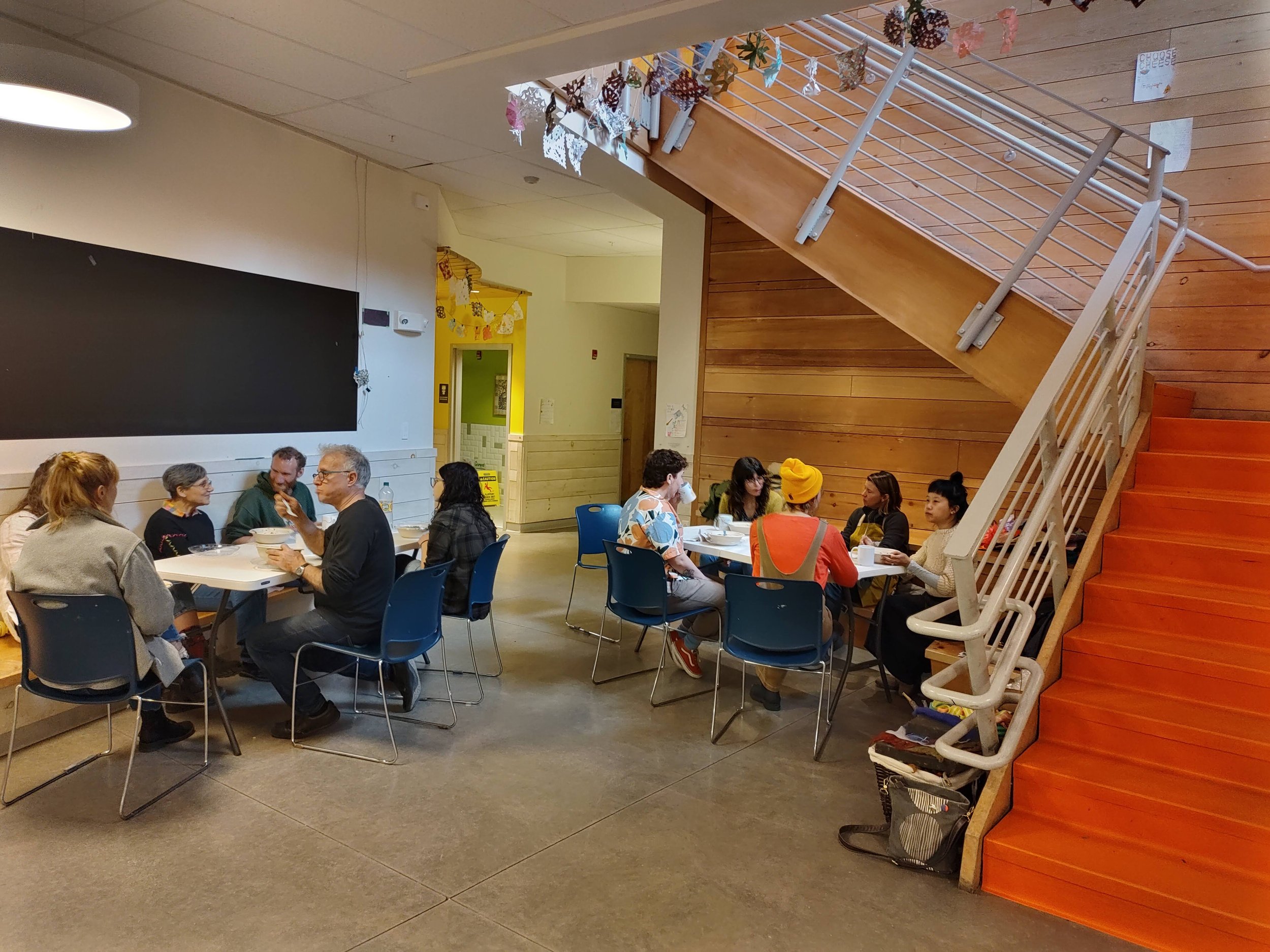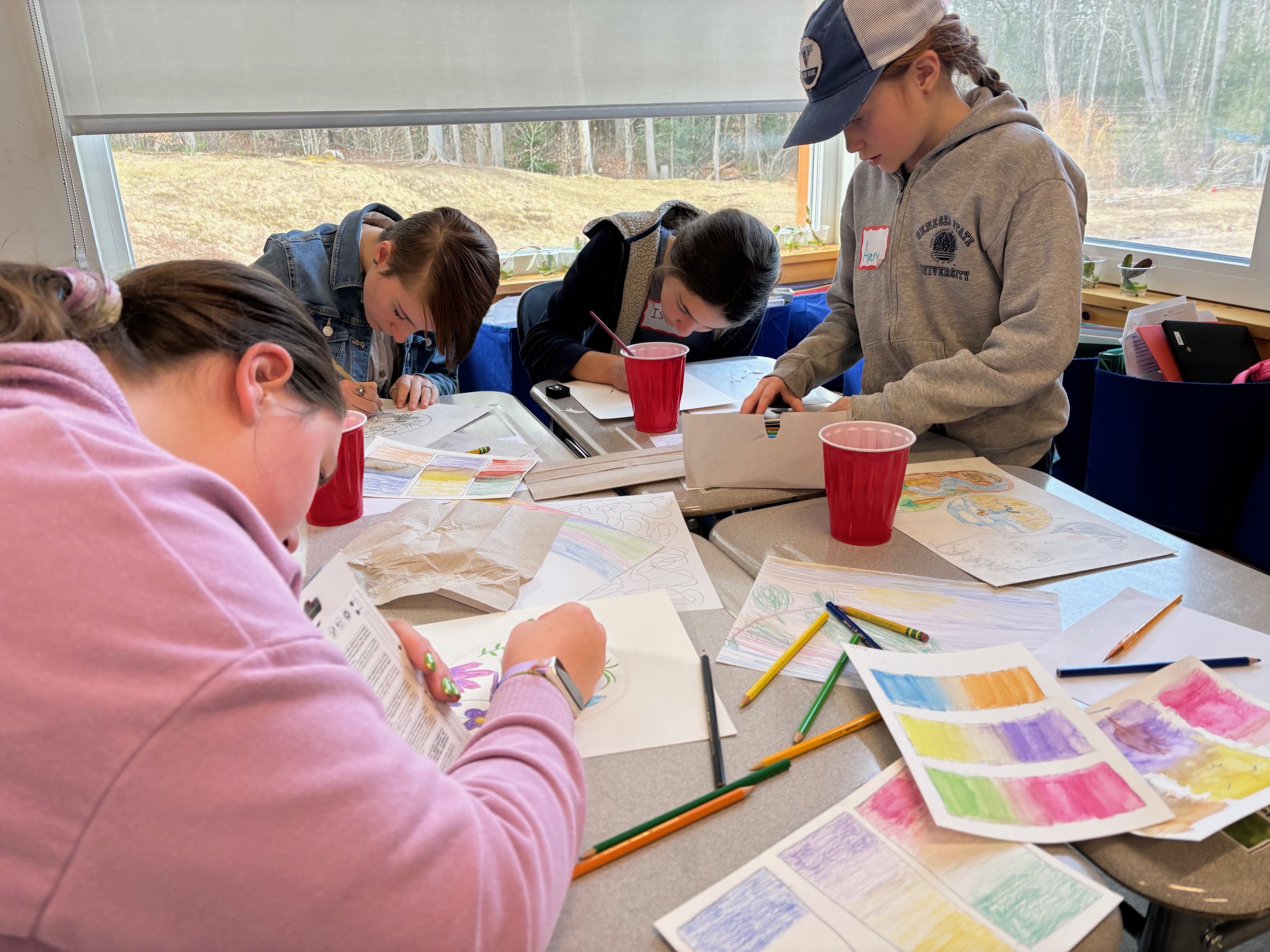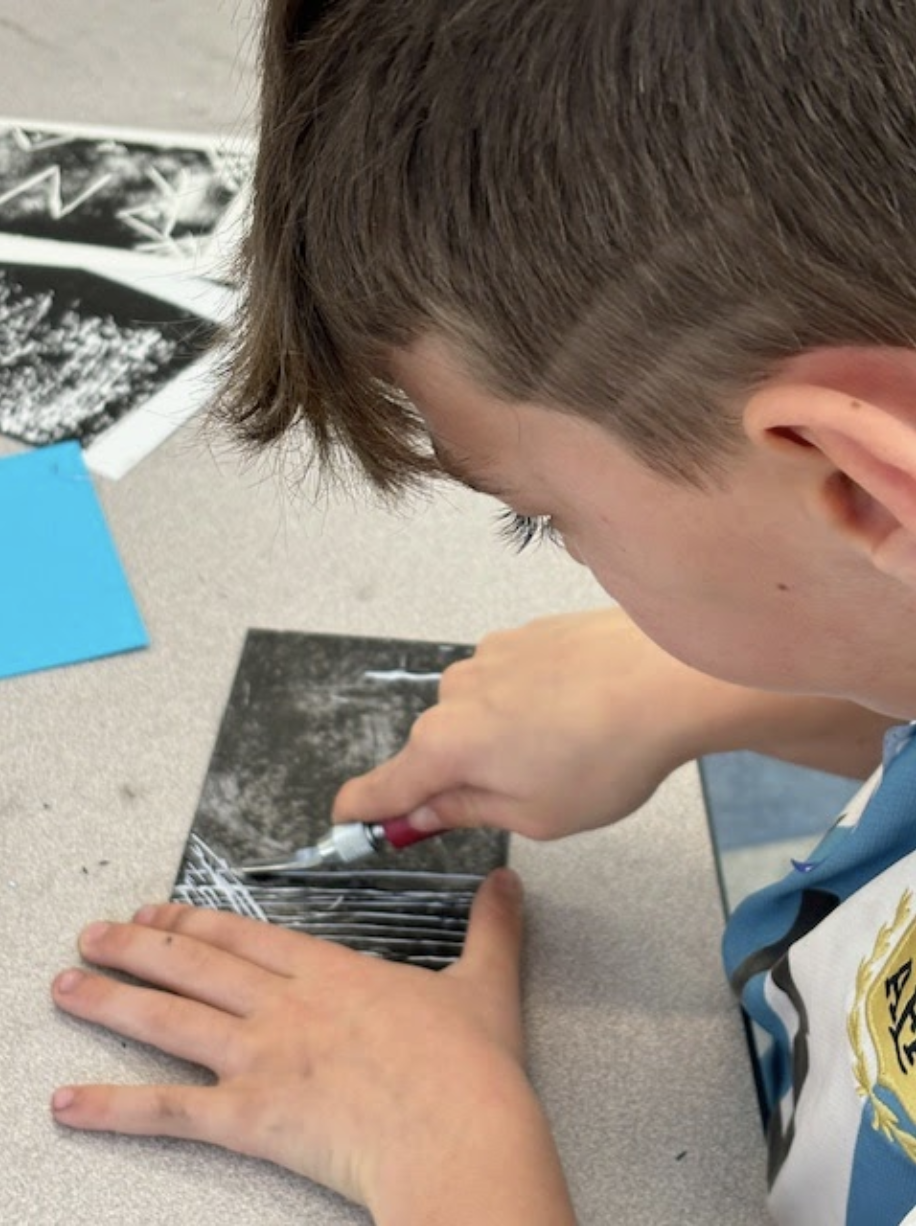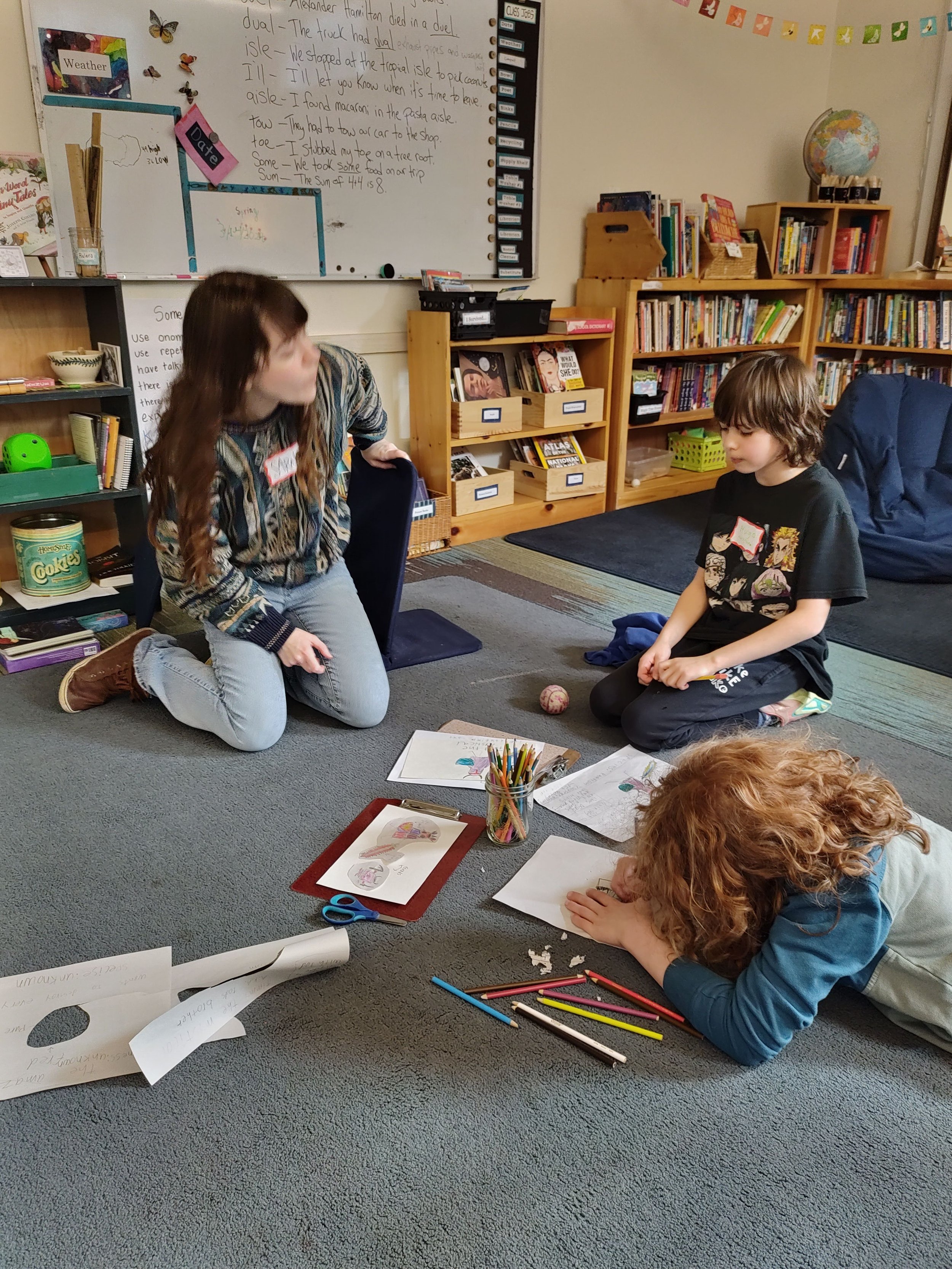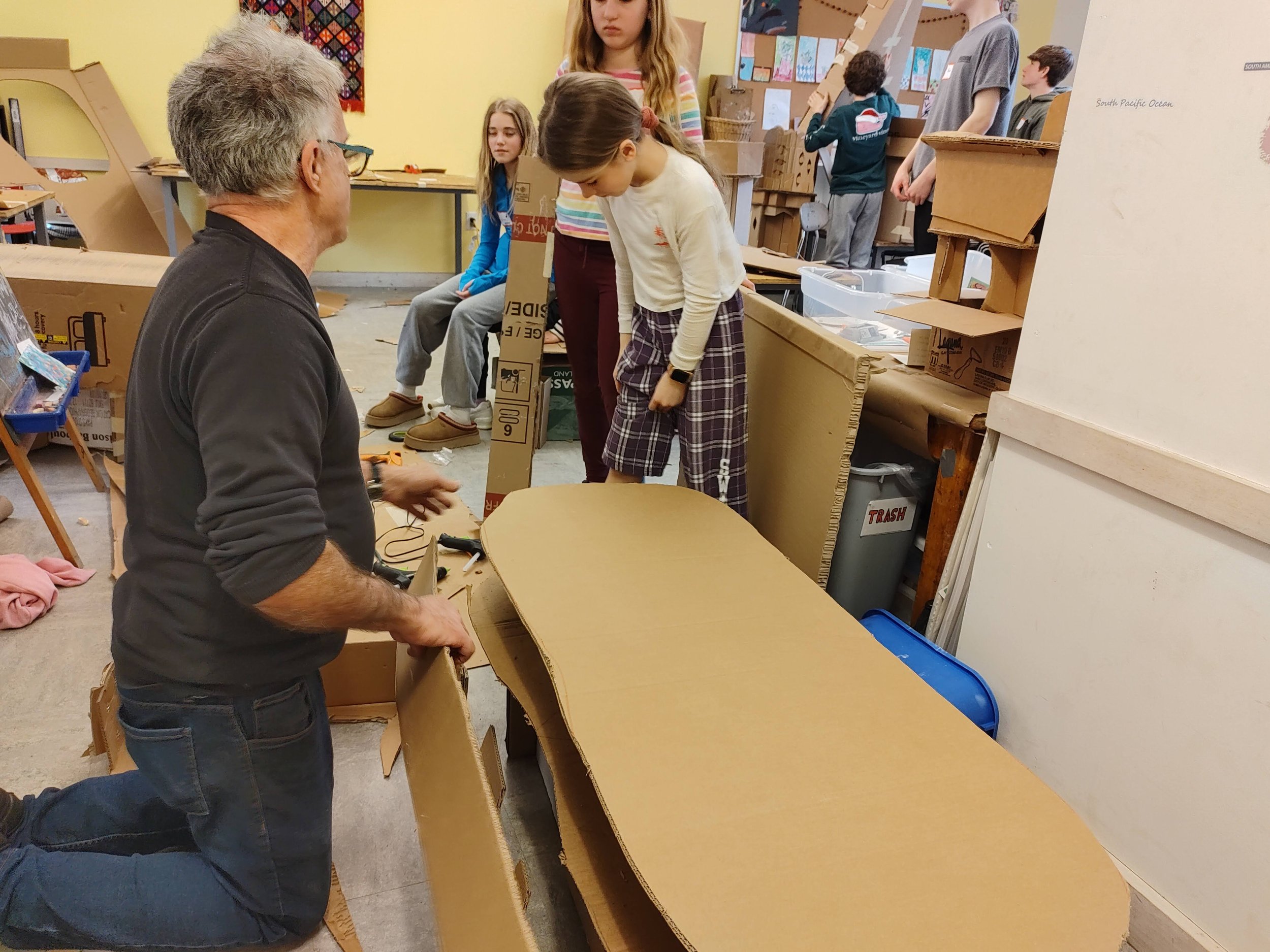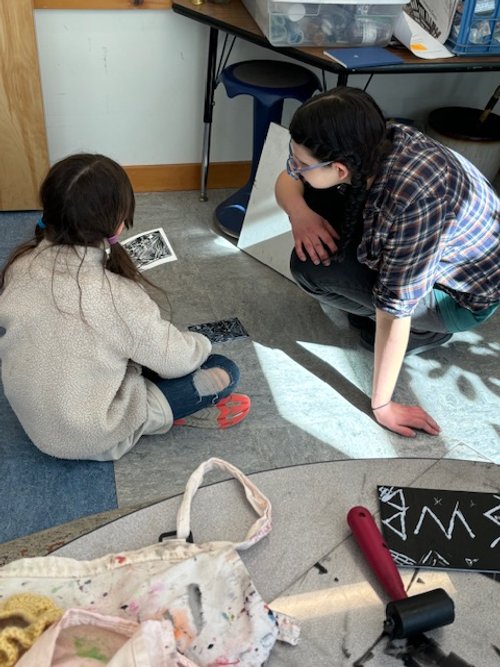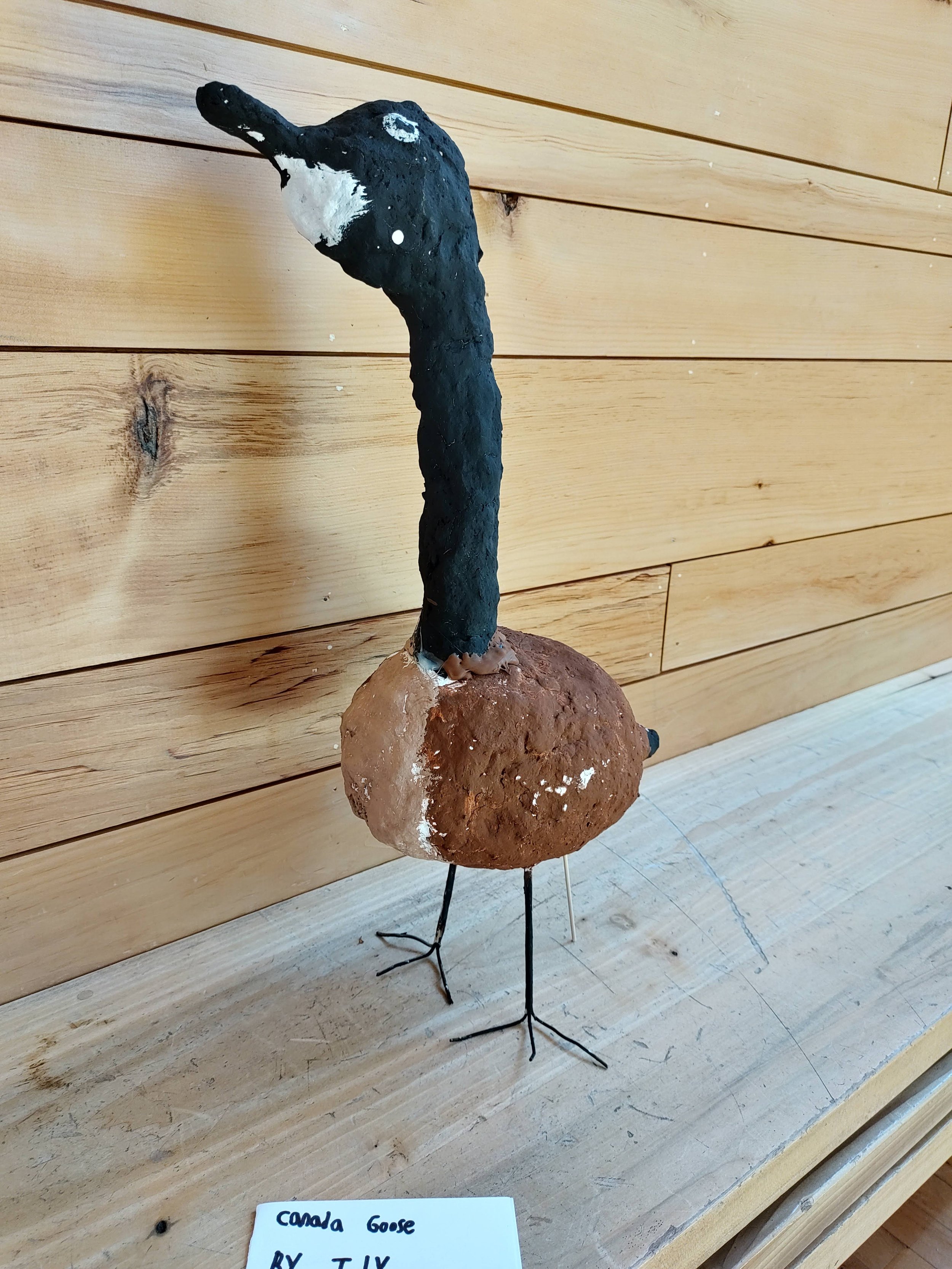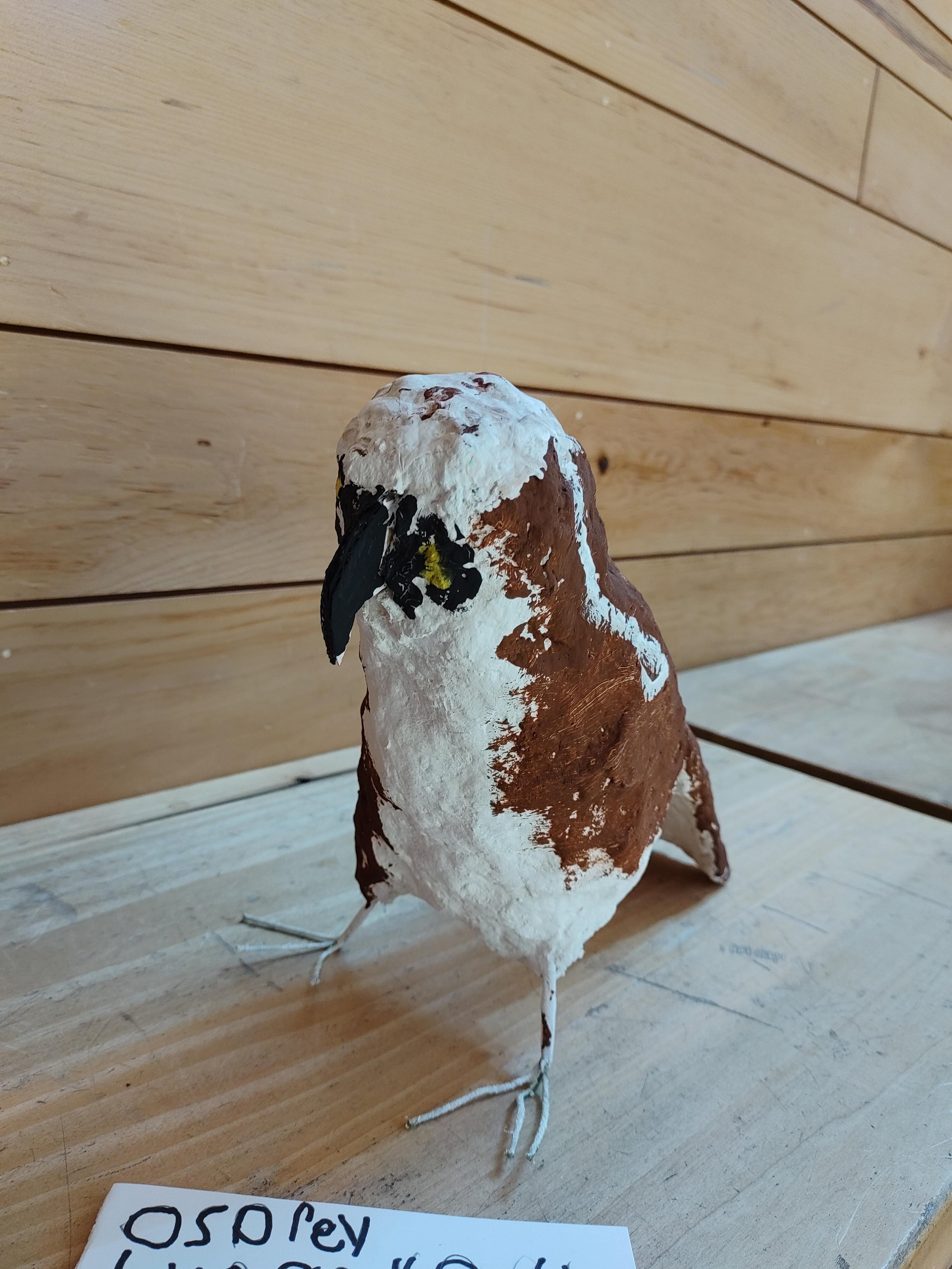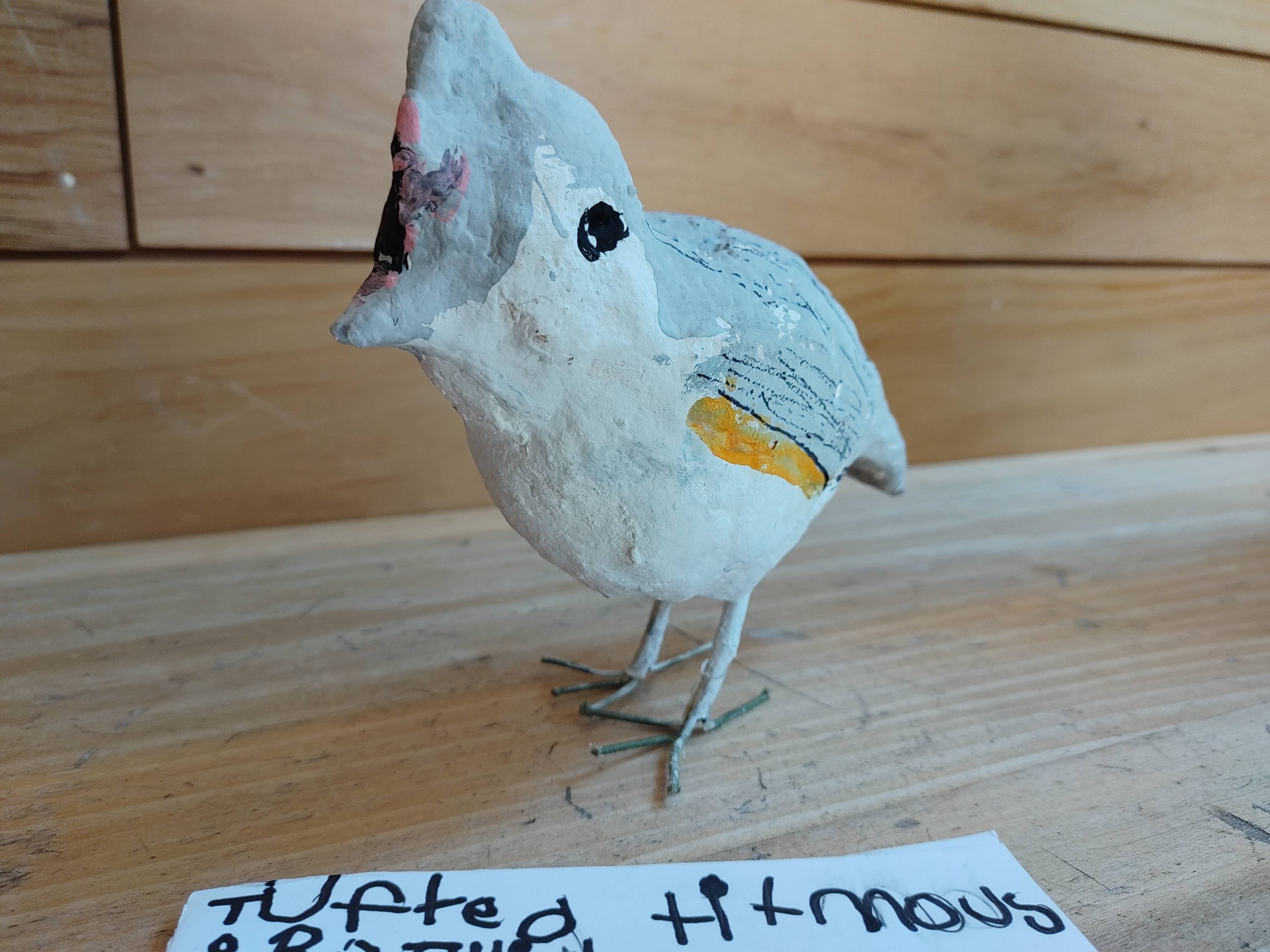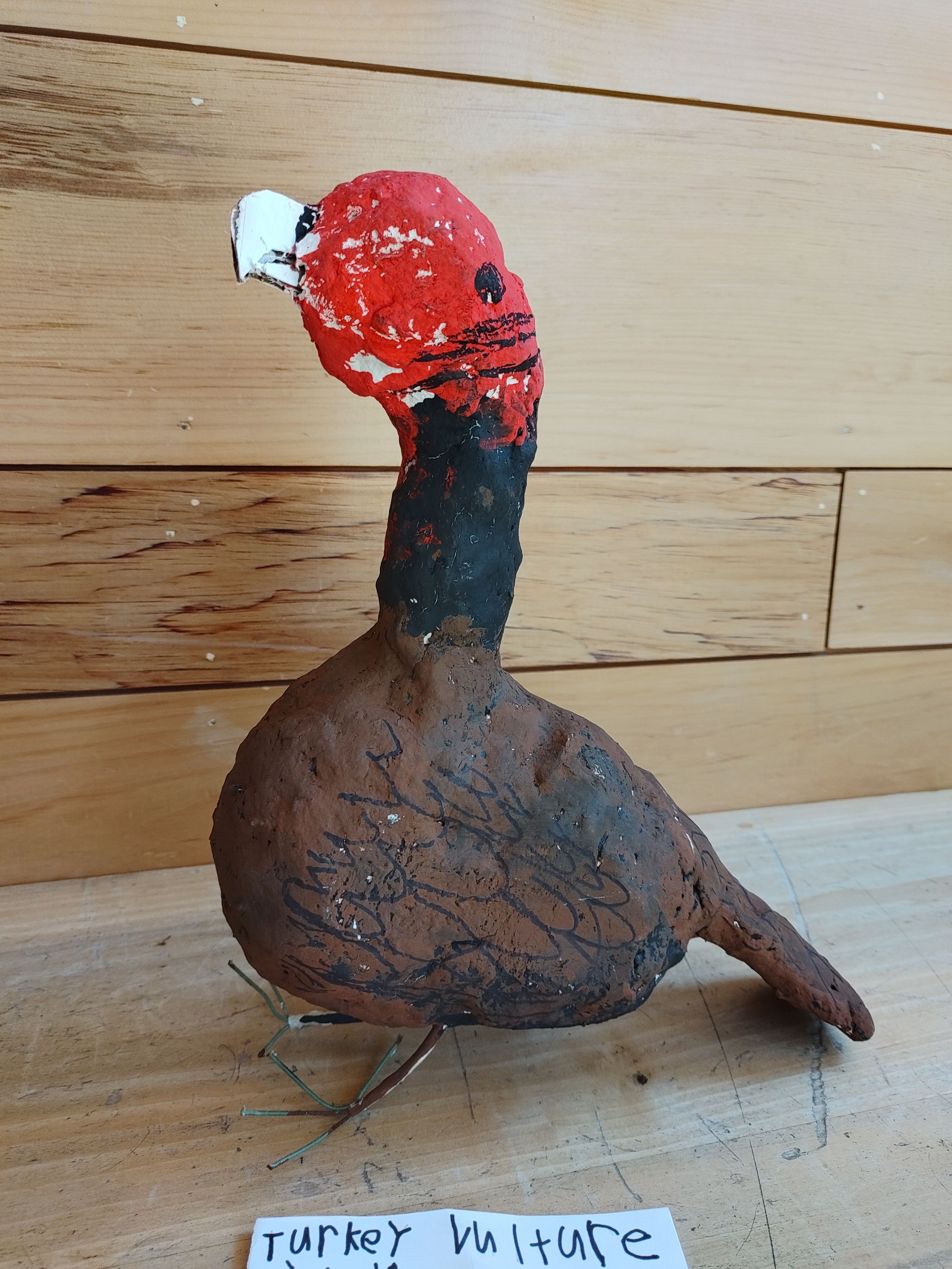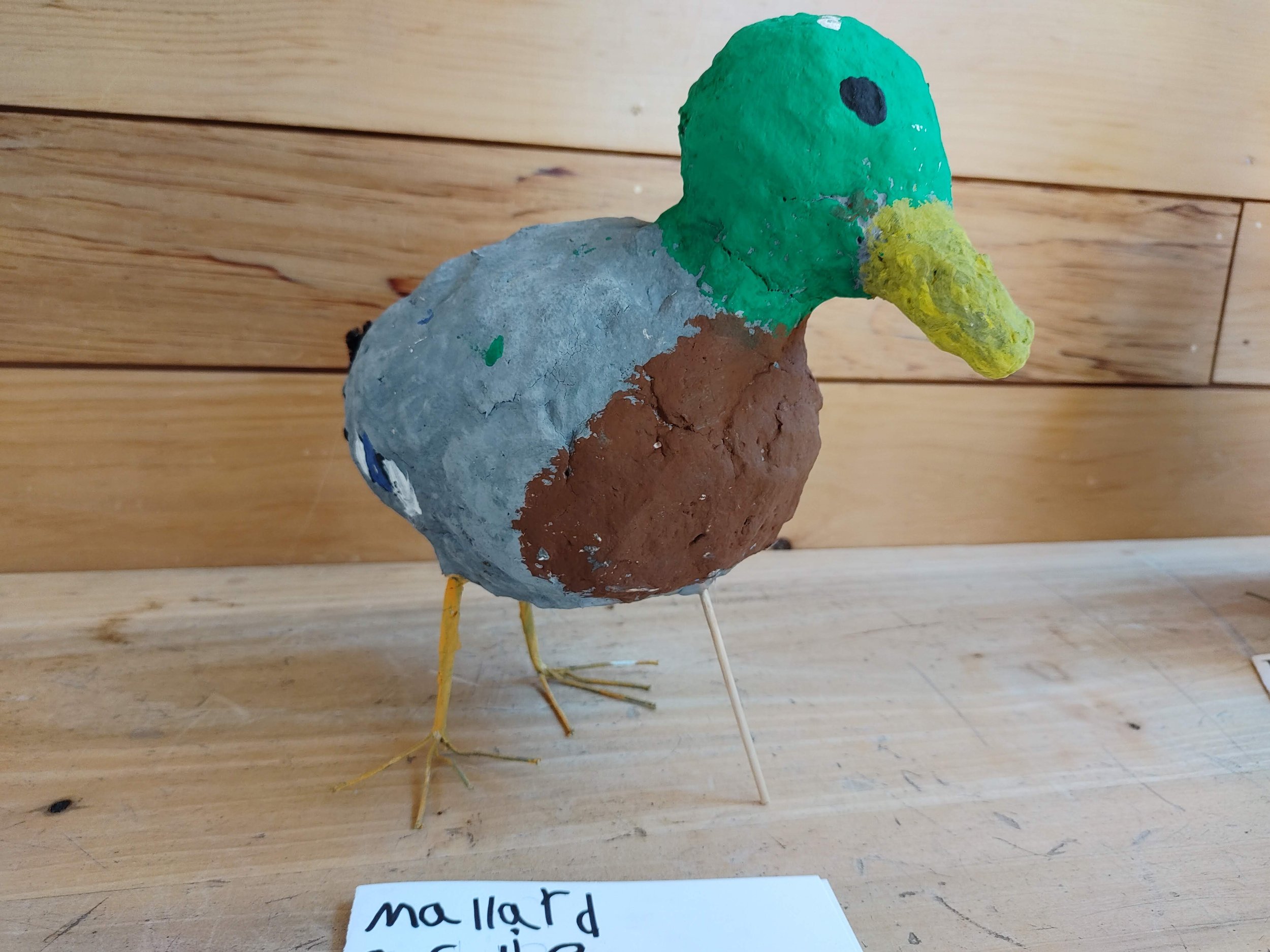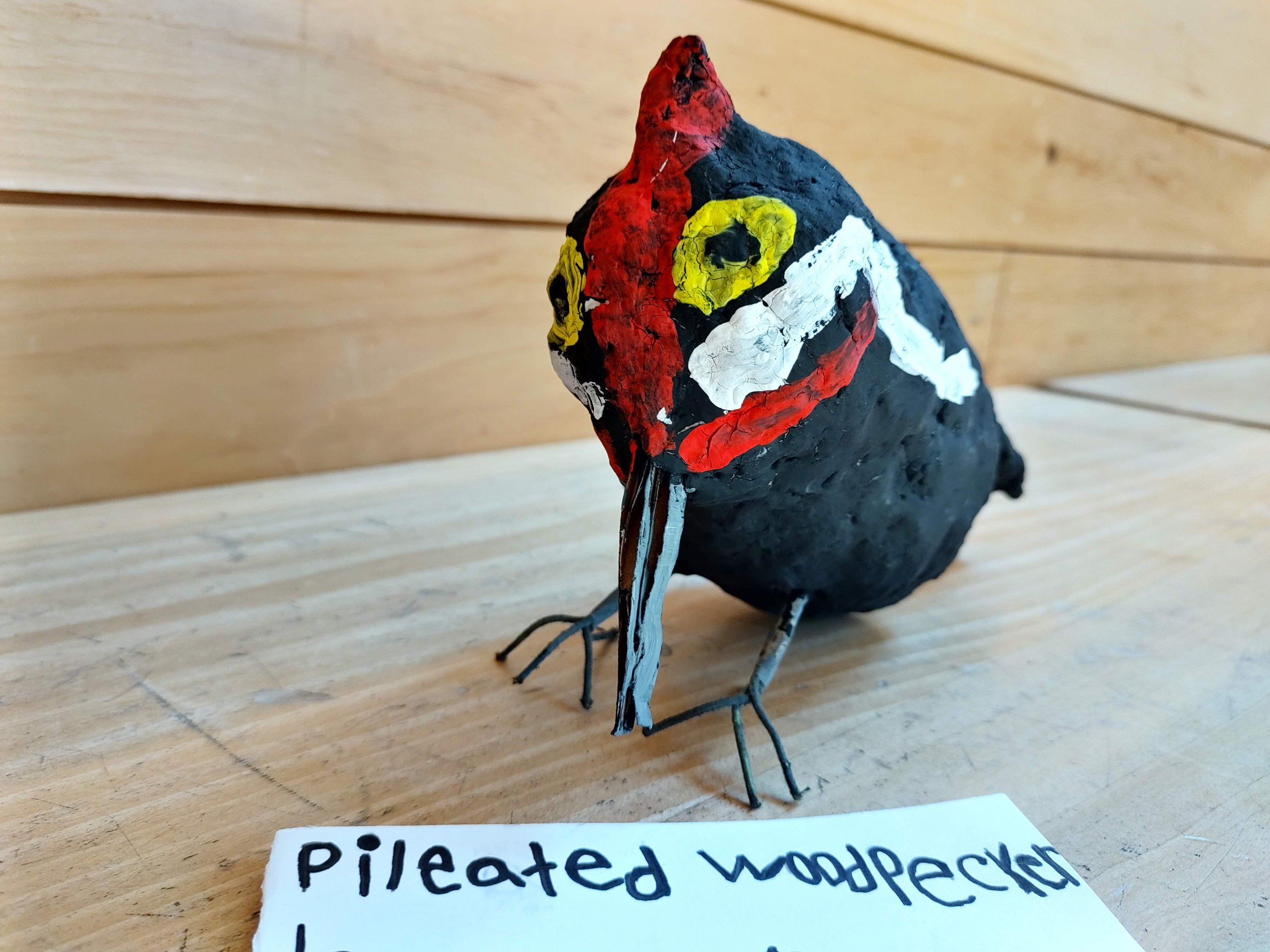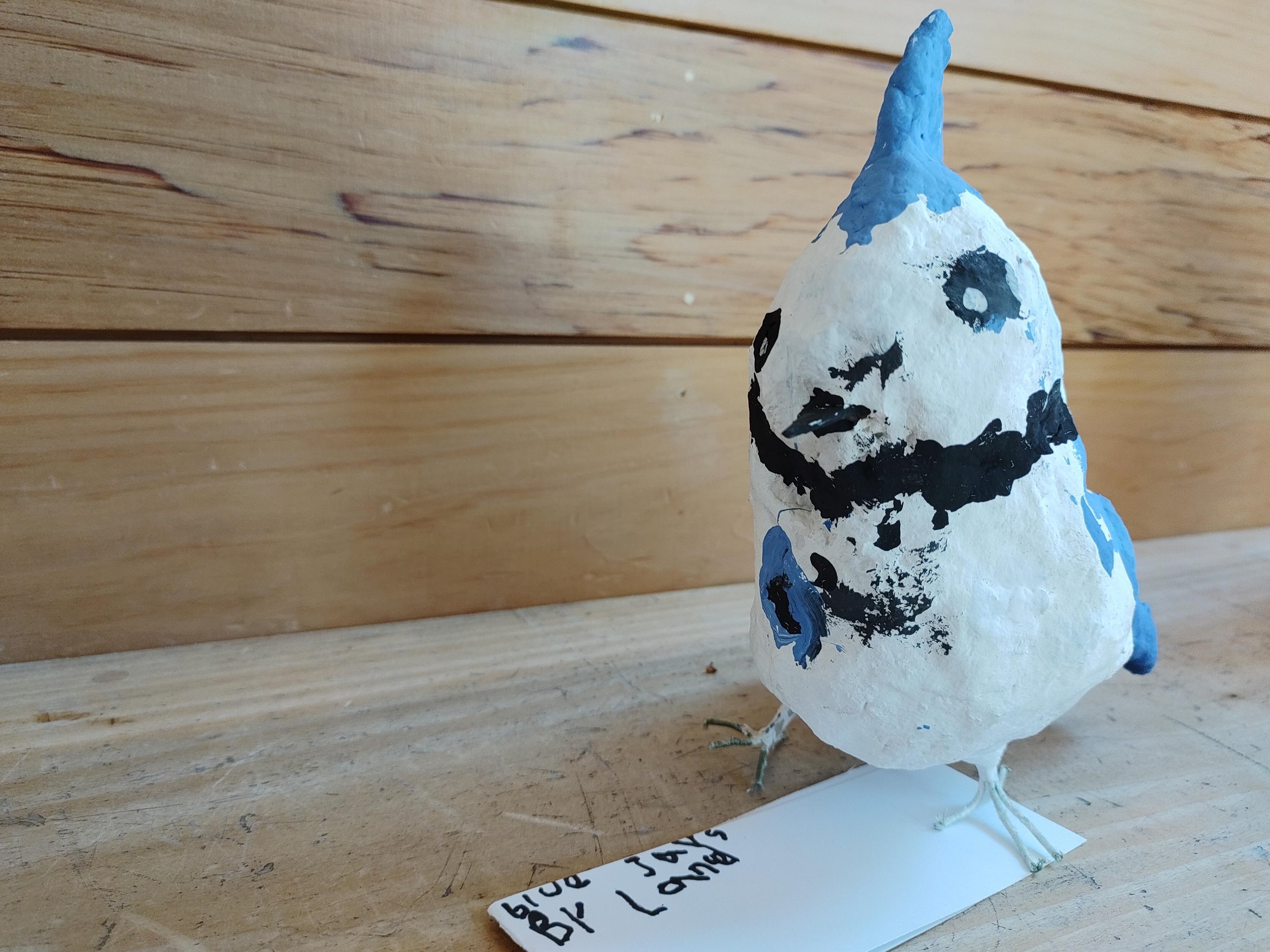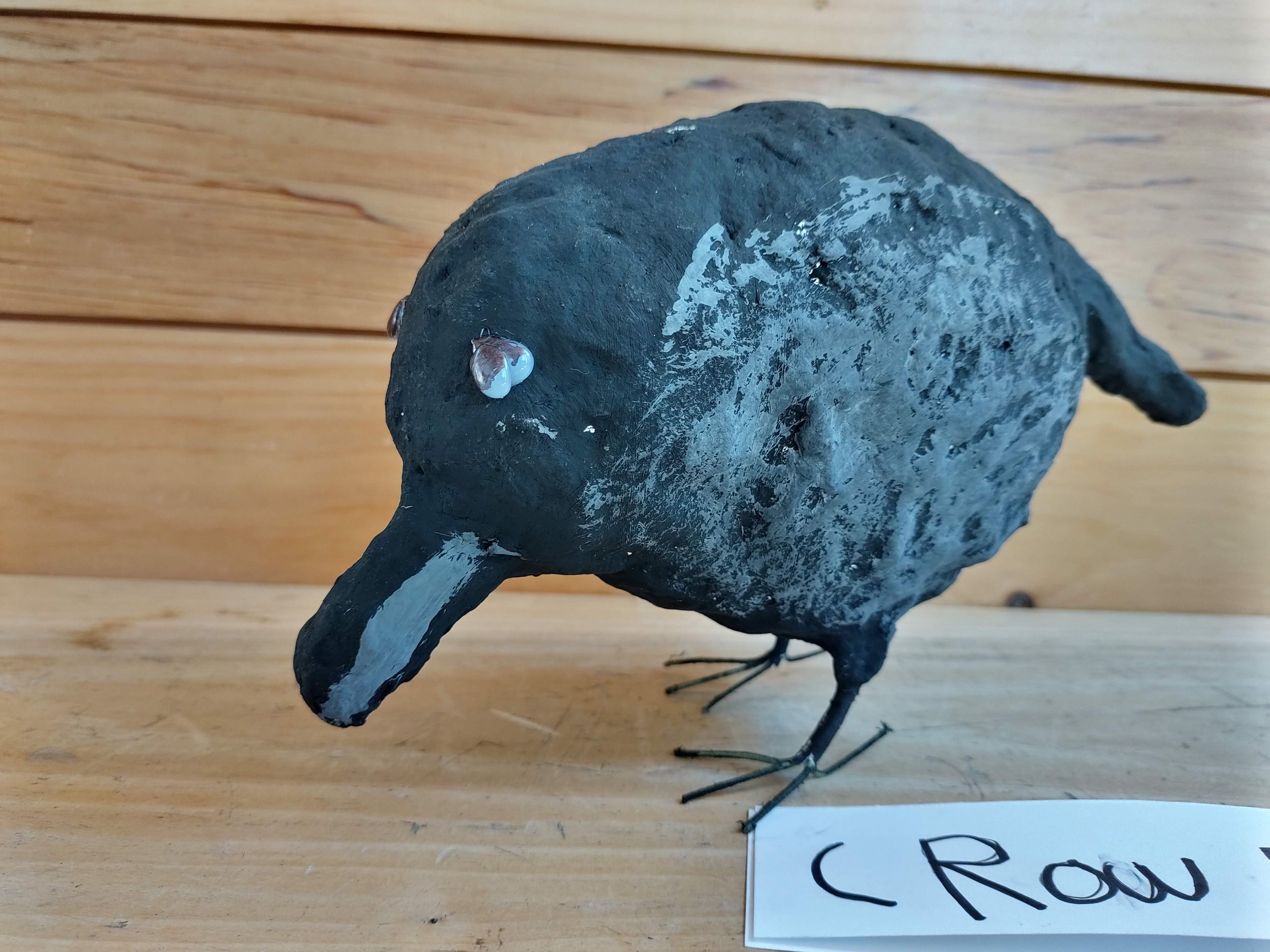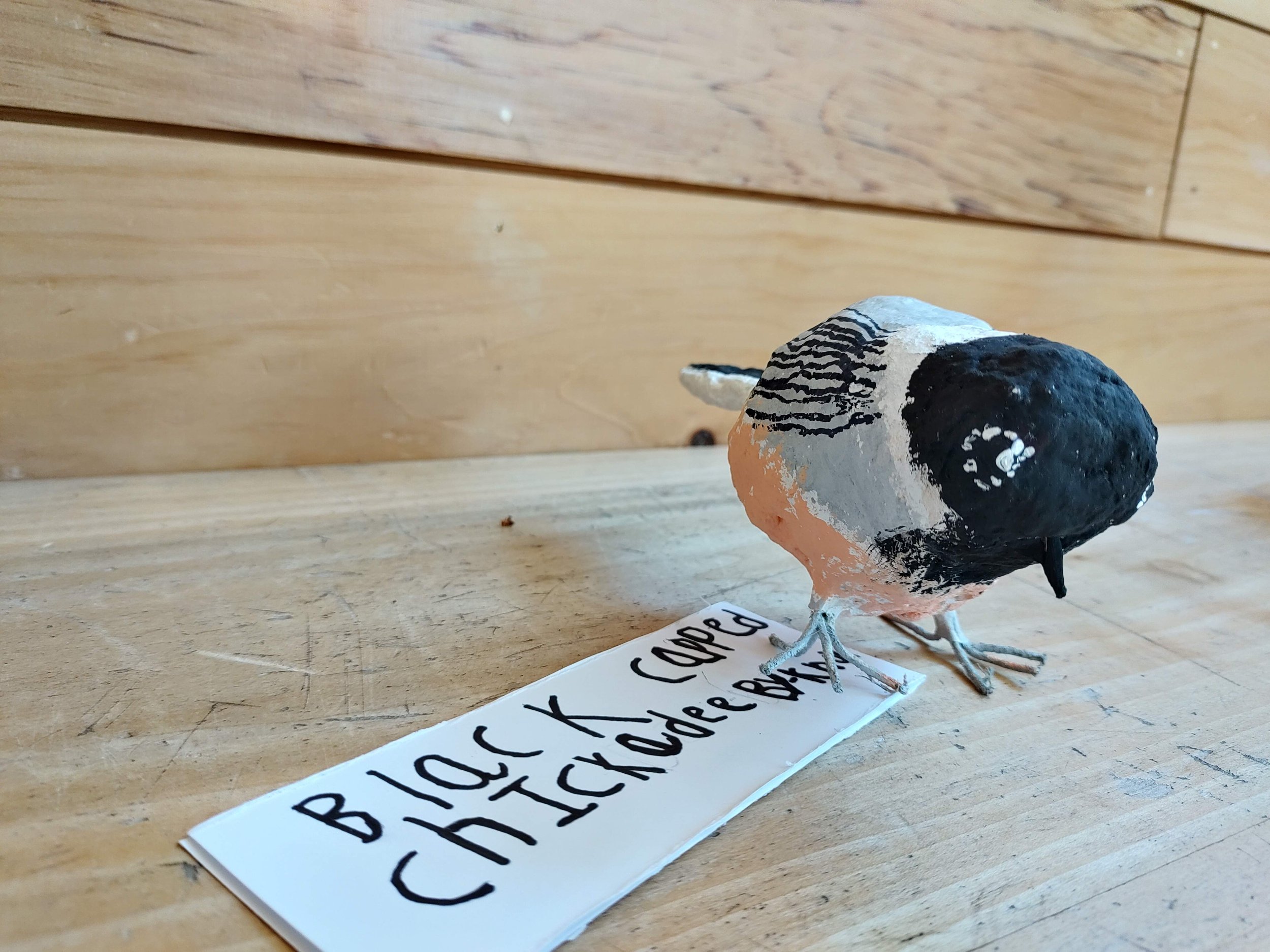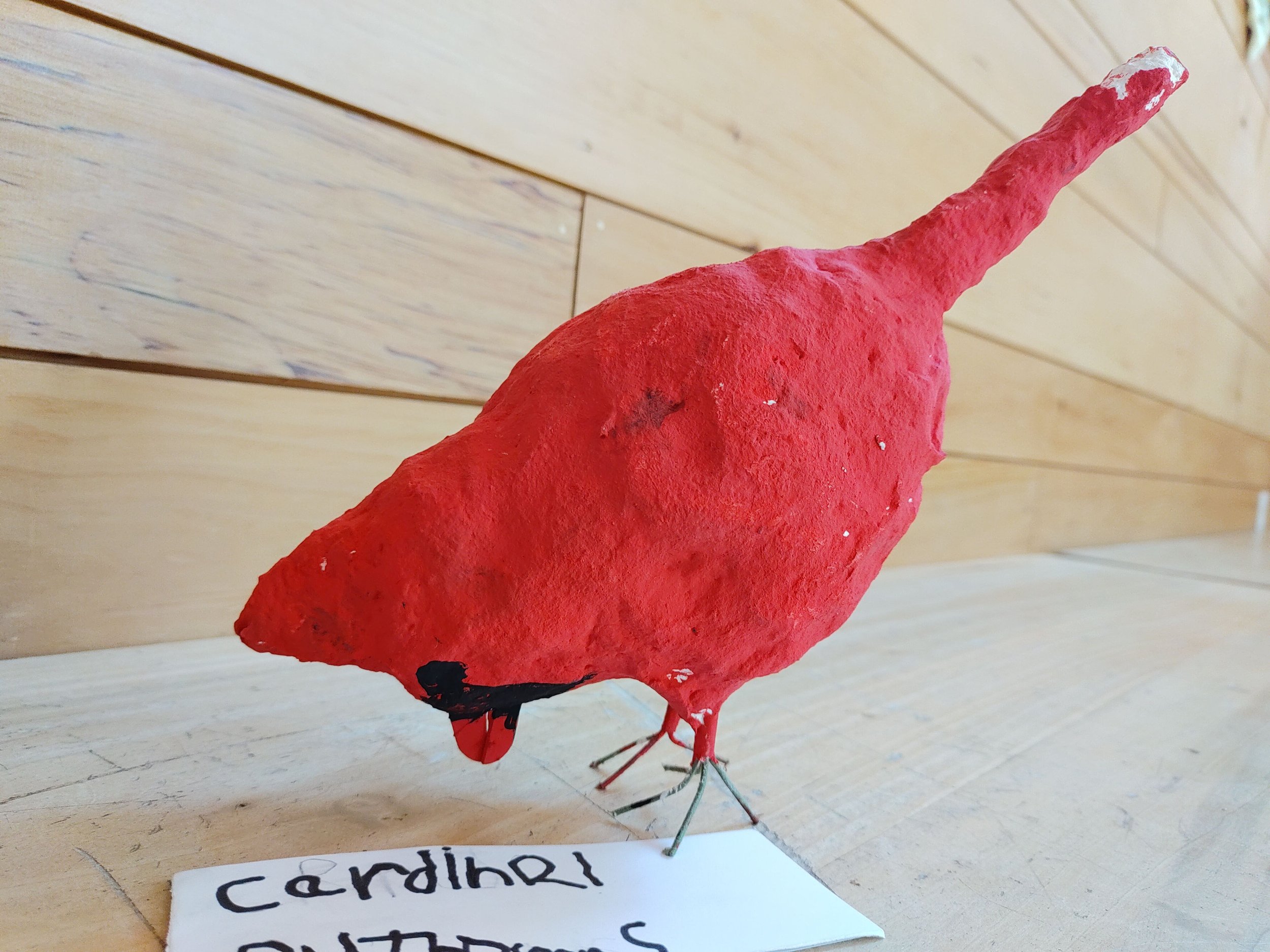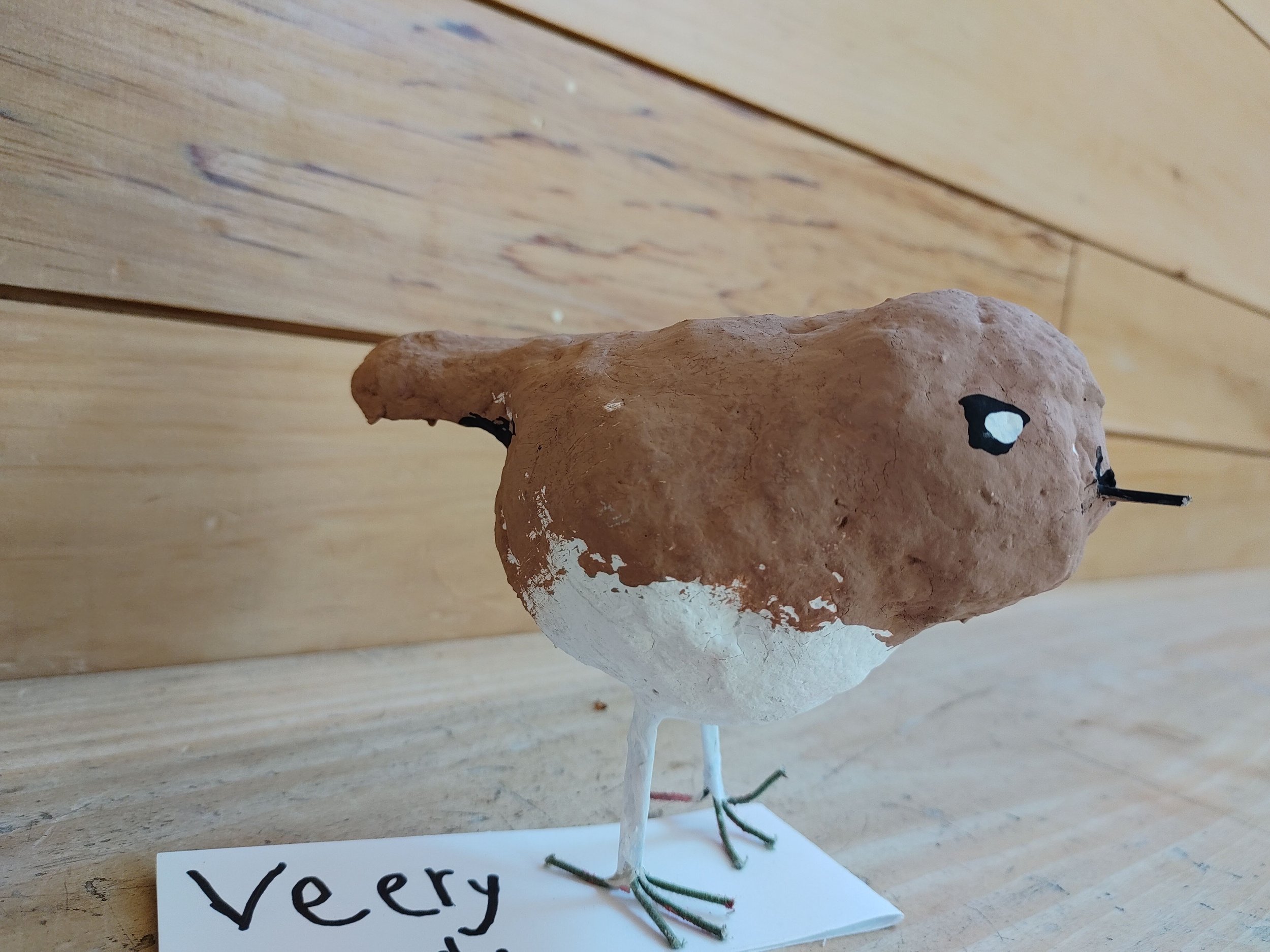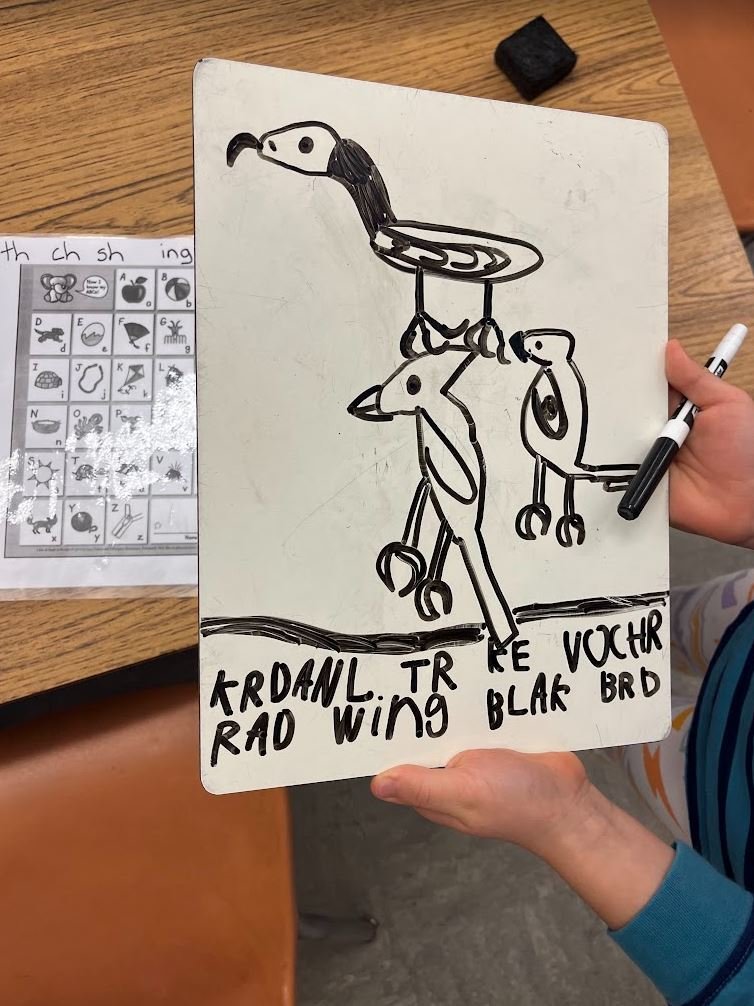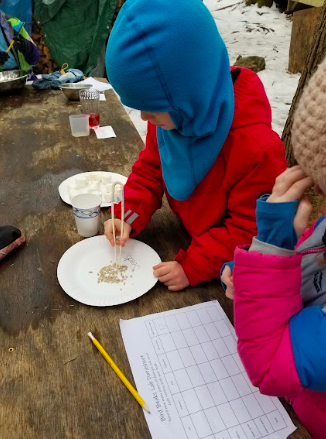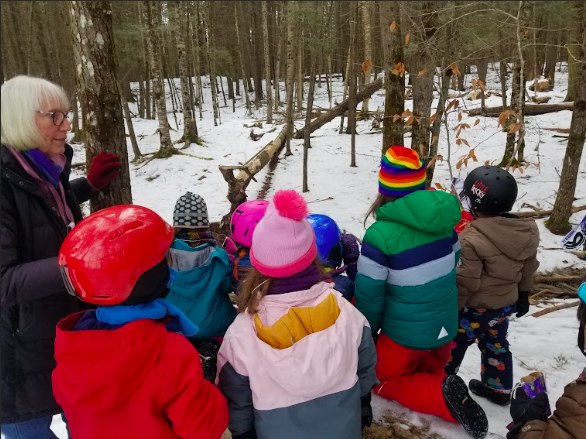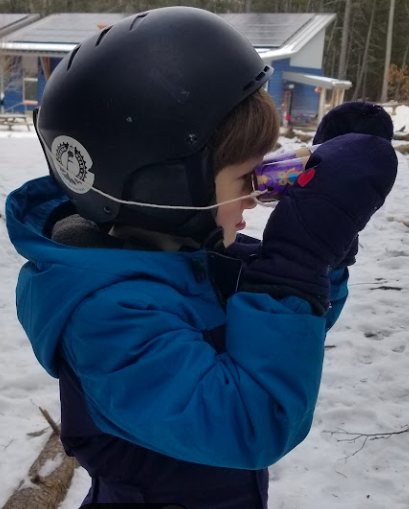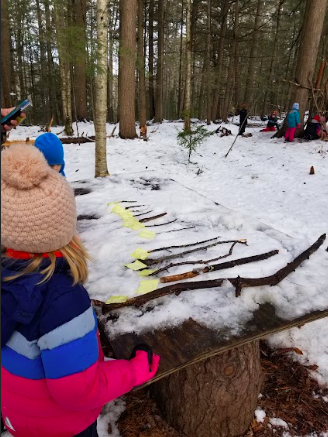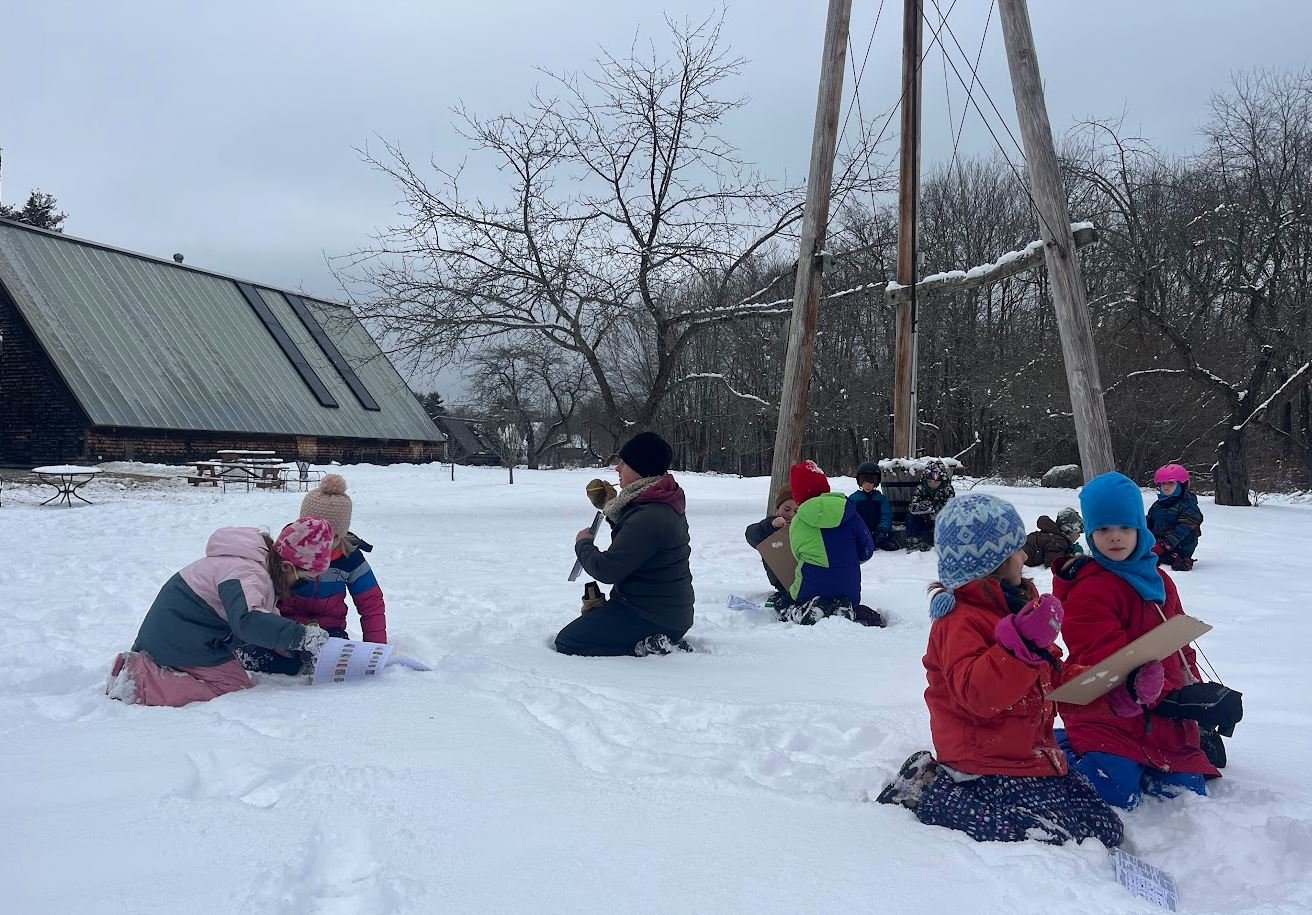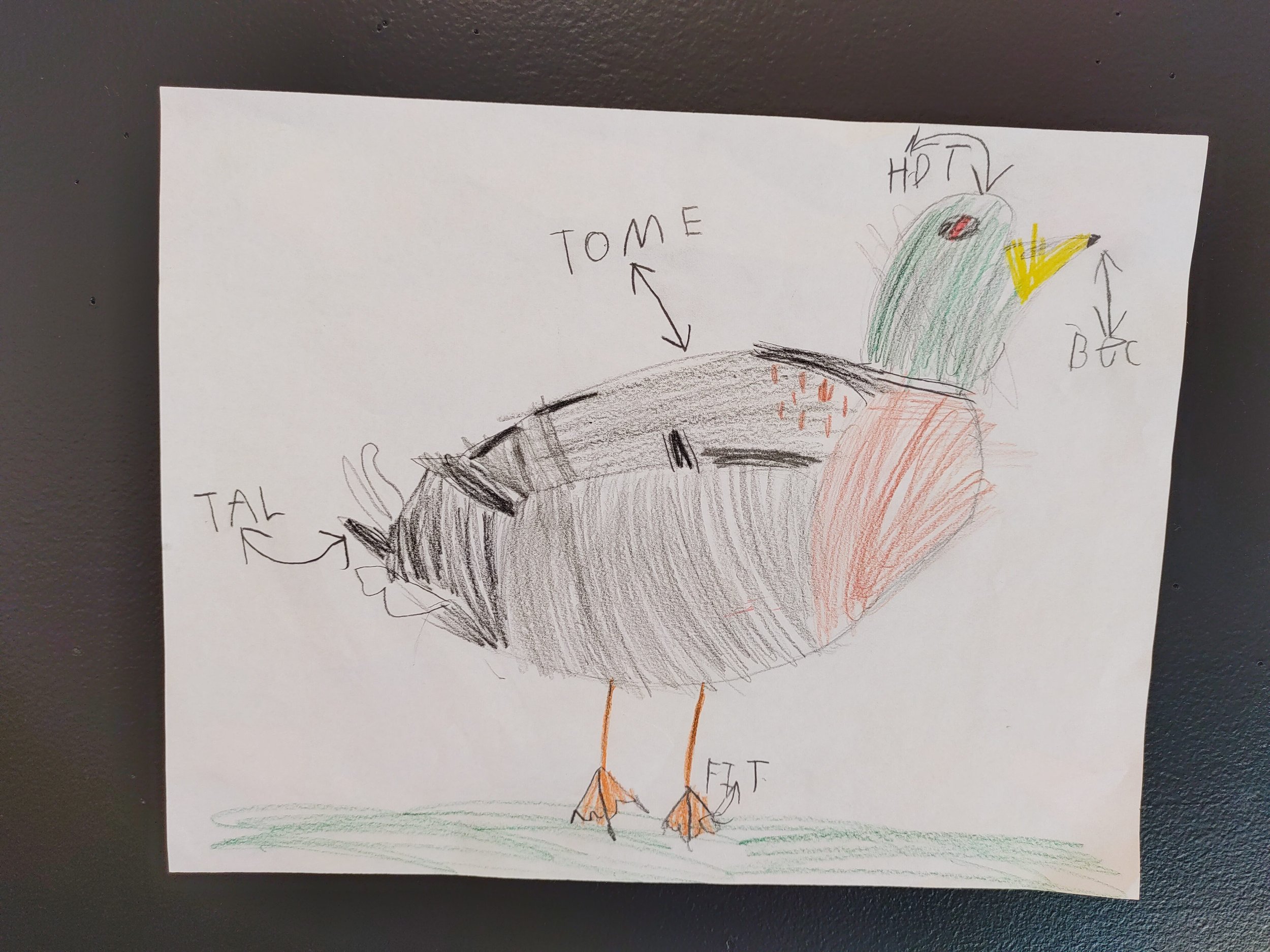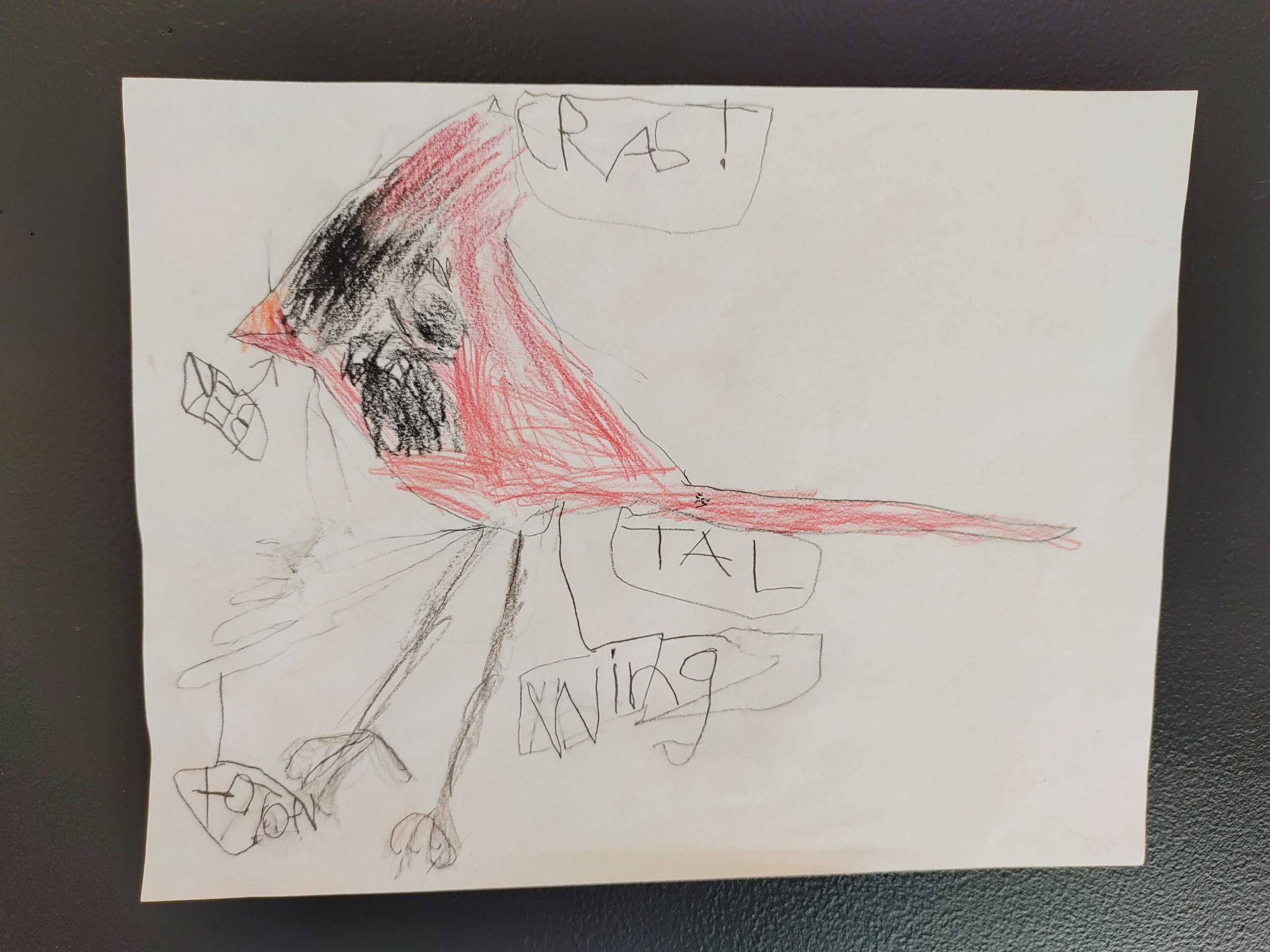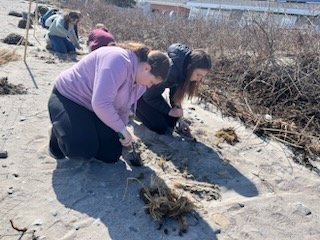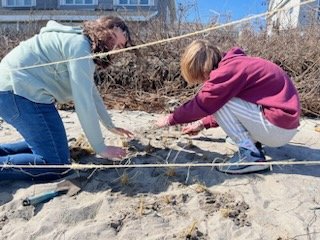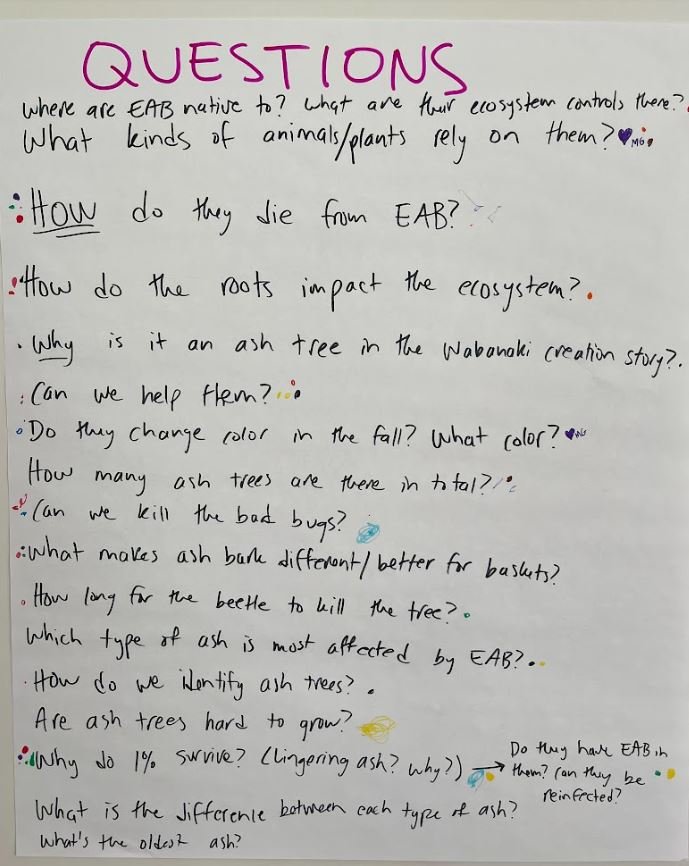Critical Friends Groups is a type of professional learning community in which peers support peers. Despite the word “Friends” in the title, there is no formal connection to Quakerism, though there is so much shared territory. At Friends School of Portland, CFGs have helped faculty and staff practice a different way of listening and helped our adult community develop skills toward framing the right questions to get better professional support. CFGs started in 2022 at FSP led by Head of School, Sara Primo, and former 5-6 Humanities Teacher, Allie Miller.
This school year, Kindergarten Teacher, Carie Garrett was our CFG coordinator, and this coming year, 3-4 Teacher, Rachel will be stepping into that role. Sara sat down with Carie and Rachel to hear their reflections on the first two years of CFGs and their hopes for this work in the future.
Sara: How would you describe CFGs to someone who had never heard of them before?
Carie: CFGs are an opportunity for small groups of faculty to get together and problem-solve. One person can bring a dilemma to the group – These groups can review student work or teaching practices, to improve our practices and work life. It’s a form of sourcing solutions from our colleagues. Rachel, do you remember that thing you said earlier this year – ‘Generosity not reciprocity’ – There’s generosity in offering the dilemma and in processing as a listener.
Rachel: Yes, I remember saying that. The context was ‘what if not everyone presents in a year’ and I was making the case that it’s not so great a loss to go a year in CFGs and not be a ‘presenter’ of a dilemma or the one whose classroom practice gets looked at. Every time we do this, we are all practicing a kind of collaboration, practicing a kind of inquisitive stance. Practicing trying on different lenses to look at a dilemma… so the bigger outcomes of CFGs are the new ways that everyone in the room sees and not the action steps the presenter might leave with, even though those might be powerful.
Sara: The idea of constrained protocols can sound inhibiting. Why would it work?
Rachel: I think there are lots of contexts where constraints are generative or constraints prompt creativity. What’s interesting about CFG work is that there’s this big difference in how people perceive constraint in relation to conversation. Even when we believe writing or art-making would be aided through constraint, we might think of conversation as outside of that reality. So part of it for me is transferring knowledge we have in other aspects of our life… to discussion.
Often people who feel free in unstructured conversation are speaking from their own experience but aren’t necessarily taking in how others experience those same conversations. So this is an extension of equity work, to take on structures that demand silence; to take on structures that create a safe space for all voices. This is a way of taking on new habits of communication.
Carie: It is not our habit to speak in these formed, controlled ways, with particular questions and time limits. Expecting the group participants to communicate in a different way than is their normal habit… Sharing the airwaves with lots of people. Habits of communication change in our CFGs because of the constraints of the protocols. With the protocols we use and the agreements established by the members of the CFG, we hear from more people and we hear different things than we would if we were communicating by habit rather than protocol.
This can change how people listening hear the dilemma but also changes the way any participant might speak. Each sees themselves differently because of what was asked of the communication.
Rachel: A hallmark of a well-chosen dilemma is often ‘I have thought about this for a long time’ or ‘I have talked about this with many people’ or ‘I have tried many things’... And so the structure or invitation of CFG process is ‘let’s try something different and see what changes.’
Sara: What makes CFG thinking/ communicating different?
Carie: One thing that feels different is the way that, in a CFG, you respond to the presenter with gentleness and almost extracting from the presenter what they think – and not starting from your own experience and perspective. That’s one communication style that’s so relational – we want to connect to the people around us. We come at conversations with people ready to share “Here’s what I’ve done” or “here’s my connection…” But in a CFG, listeners set themselves aside. The communication is about drawing out the presenter: less about what each listener can contribute. It’s less about ego and more about centering the presenter and the dilemma.
Rachel: There is a presumption of care. The boundary of the structure can add a layer of security that can enable people to share their worries without shame or fear of judgment. There is something special and safe in that.
Carie: I think the reason it feels special and safe is because of the work that’s been done to establish how we’re going to communicate. How do you want to get feedback? How do you want to receive feedback? There is a guarantee that we won’t talk about this outside of the room. There are careful group norms we establish and build together in the beginning. How do you want this communication to go? What kind of feedback do you want to hear? For a facilitator to know what a presenter needs and communicate it to the group: that makes it feel safe.
Sara: It means facilitators are working very hard!
Carie: It also means each group has its own unique flavor and culture. It relies on facilitators to help the group live those group agreements.
Sara: I’m thinking about a protocol where one of the steps is for the person who presented the dilemma and answered clarifying and then probing questions to actually literally remove themselves from the discussion, sit across from the room with their back to the group, and take notes while the group discusses their situation for eight minutes… That is probably the most dramatic example of ‘This is not like normal conversation.’ What is the value in something like that?
Carie: Everybody that I’ve seen do that one loves it. Nothing is asked of them. It’s the fly on the wall you always talk about wishing you could be. Not only are you the fly on the wall, you have also decided what everyone will talk about.
Rachel: It’s really affirming to hear people talking about something that’s important to you without having the responsibility of buoying the conversation. When you’re using a protocol, you’re letting action lead to thought. You may not yet truly believe or feel that your dilemma was worth the time you asked colleagues to talk about it. When you walk away and hear your group go so much further… it affirms the validity of your dilemma.
The parts of the protocols that can feel stilted or uncomfortable are often ways you embody the relation you’re trying to establish. Only using particular sentence starters dramatizes the type of feedback you want. Turning your back is almost over-dramatizing, or embodying, that you will only be listening. It’s a way of embodying that commitment to deep listening.
Carie: I like the idea of removing the person who started the conversation and still seeing the conversation continue – is really validating. You don’t need to keep the interest going. It goes on without you.
Sara: Have you seen any ripple effects of this work? Positive effects at FSP?
Carie: Part of what I've seen is a kindling and a deepening of relationships across the school. Also an awareness of people’s lived experience. It shows how we’re all living a similar experience but also gives you fresh compassion for what’s on the surface of the minds of the people you see at work.
Sara: What do you hope for as CFGs continue?
Carie: As we’ve lived the protocols and agreements, and become familiar with the CFG process everyone has gained a sense of trust and ease with it, so I would hope for that to continue. The way that the relationships have deepened and we have gained a perspective into our colleagues’ experiences feels like it has connected us as a staff more. I hope that’s something we can see continue through our CFG work.
Rachel: I think there are protocols my group hasn’t done before that I’m excited to see people try, such as ‘Descriptive Review of a Child.’ I also feel like when you’re in the practice of this work, it can appear in other moments – in the way you frame a question, ask for help, and look at student work. CFGs act as the greenhouse of the analysis, the processes, lenses, and trust. But the plants can grow elsewhere.
Carie: Carrying your CFG in your head with you can be so powerful. You’re not with them, or it’s not your turn. But you have the questions you can imagine them asking. Conversations that were ‘just conversations’ before – become opportunities to think from others’ perspectives. My practice as a teacher has definitely improved from this process and from this way of thinking. For example, I am still looking at the kindergarten rest journals through the lens of what my CFG said last year about that routine. When I think about that, I get so excited about the capacity of CFGs to continue to improve practice!
